Poblat Salvatge (“Wild Village”), Towers, and LabyrinthJosep Pujiula i Vila (1937 - 2016)
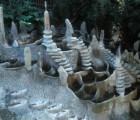
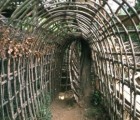
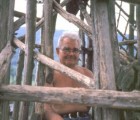
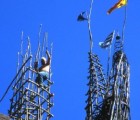

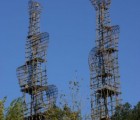
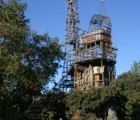
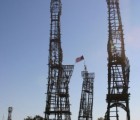
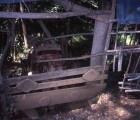
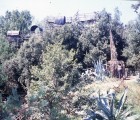
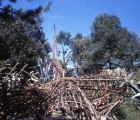
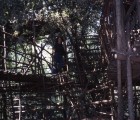
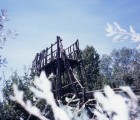
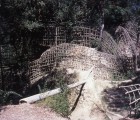
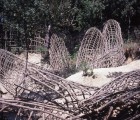
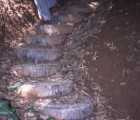
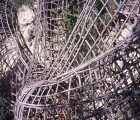
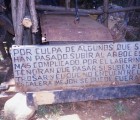
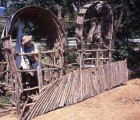
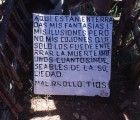
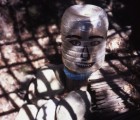
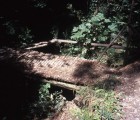
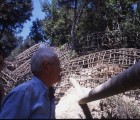
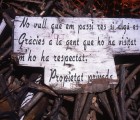
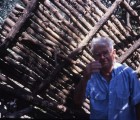
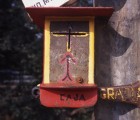
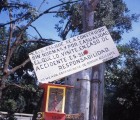
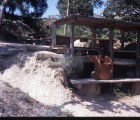
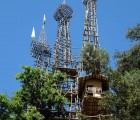
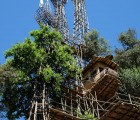
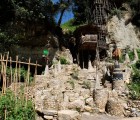
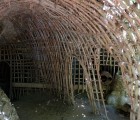
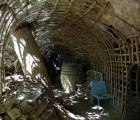
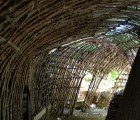
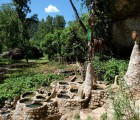
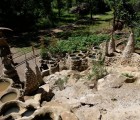
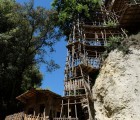
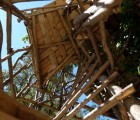
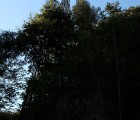
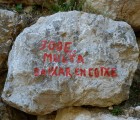
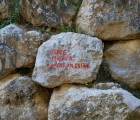
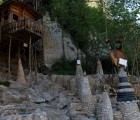
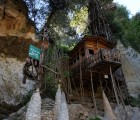
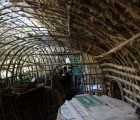
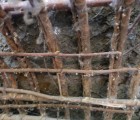
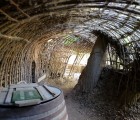
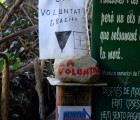
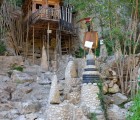

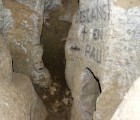
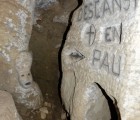
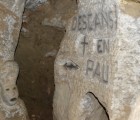
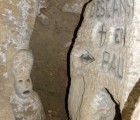
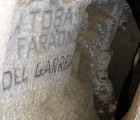
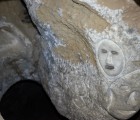
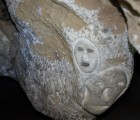
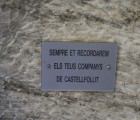
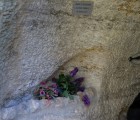
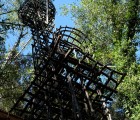

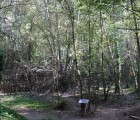
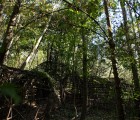
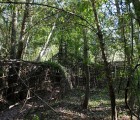

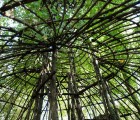
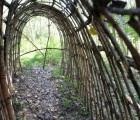
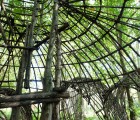
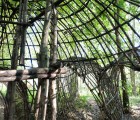
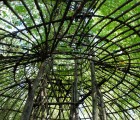
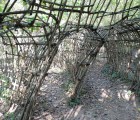
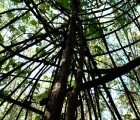
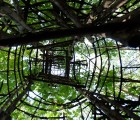
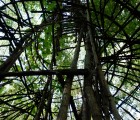
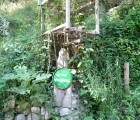
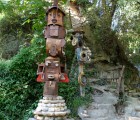
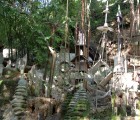
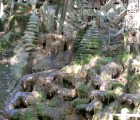
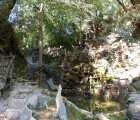
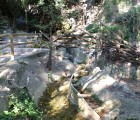
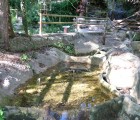
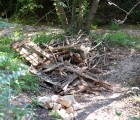
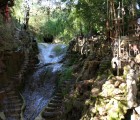
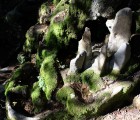
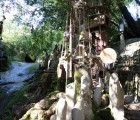
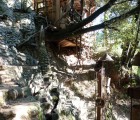
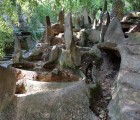
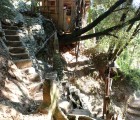
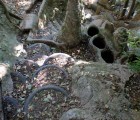
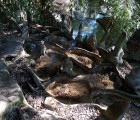
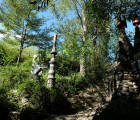
Extant
51 Carretera d'Olot, Argelaguer, 17853, Spain
Pujiula's site is now only partially extant, with very little of the original wood structures remaining. The tomb and fountain area remain extant but are degrading.
About the Artist/Site
Completing his formal education at age 13, Josep Pujiula i Vila became a metal turner in the La Garrotxa region of northwestern Catalunya, Spain. Looking to entertain himself in his free time, his first construction arose out of his desire to shelter an amphibious motor scooter he had designed and was storing on someone else’s property on the outskirts of the village of Argelaguer. In order to do this, he used saplings gathered from the nearby river to create a structure, and then began to add to it. He built numerous small cabins, animal enclosures, and ultimately a three-story dwelling completely fabricated with scavenged materials. But by then his work had been discovered, and the municipality forced him to dismantle the structures, as he had built too close to the electrical wires overhead.
Undaunted, Pujiula began weaving the flexible young trees into enclosed passageways, each slender branch tightly wired to the next. Over the next 20 years he extended them into a turning, twisting web with dead-ends, multi-level ladders, and hidden doorways. At its 2001 zenith, it comprised seven towers soaring 100 feet high over innumerable bridges, shelters, walkways, and a spectacularly complex mile-long labyrinth. The increasing numbers of visitors were enchanted; Pujiula grinned when people asked if they could enter, chuckling that the real question was whether they could also figure out how to leave.
Visitors’ enjoyment of his creation ultimately became a crucial stimulus to Pujiula’s continued efforts. A new freeway was to be routed directly through his site, however, and in 2002 he was forced to demolish and burn this second incarnation of the entire construction, despite outcries from Spain and abroad. Undaunted, he began anew in 2003, in a nearby location. Soliciting concrete and steel “extras” from road workers, Pujiula created a cascading fountain ornamented with stone and steel sculptures, some of which kinetically move thanks to the water flowing from the drainage pipe installed underneath the new freeway. Adjacent to the fountain he then built a new and intricate labyrinth, enclosing steep ascents, numerous dead-ends, and trick walkways, as well as several new towers as high as before. For a few years, the municipality, finally beginning to realize that his enormous construction was bringing positive energy and tourists to the town, left him alone, but after Pujiula suffered an injury in early 2012, they insisted that he dismantle all of the wooden constructions. At that time he was not willing to fight them again, so he did so, with the idea that he would retain the concrete and steel sculptures and cascading fountains, and that they would immortalize his work. But then, in 2013, the agency in charge of water demanded that he remove all of these constructions as well; with this, finally, the community stepped in to challenge this mandate, backed by international petitions.
As of October 2014, the municipality and county government finally announced that they would take over the guardianship of the fountain area, and they have designated Pujiula’s environment as a local heritage site (Bé Cultural de Interés Local). While they have installed railings and insist that visitors stay on designated trails, at least the remaining artworks are being preserved. In the meantime, Pujiula is working on two separate sites just slightly west of the fountain area. Most impressively, he is hollowing out a labyrinthine cave nearby, ornamenting its cliff face with pictographs representing his life; it will ultimately serve as the final resting place for his ashes.
In late June/early July 2015 Pujiula was flown to New Zealand by an international consortium that sponsors the International Award for Public Art. As a finalist chosen from 125 exemplary projects worldwide, and representing all of Europe, including the Russian Federation, Pujiula’s 45-year construction of the labyrinths and cabins at Argelaguer received an award of special distinction at the honor ceremony, celebrating the tenacity of his efforts, the durability of his work, and the immortality of his name.
On June 2, 2016, in the midst of an intensive building effort in which he was constructing a third and projected fourth tower above the area where he had established his “museum,” Pujiula suddenly died from a heart attack while on site. As of this writing the site is generally protected, but it is as yet unclear what will happen to the new wooden towers, stretching almost 40 meters into the sky.
~Jo Farb Hernández, 2011
Contributors
Materials
concrete, recycled materials, stone, wood
SPACES Archives Holdings
Sources for this entry include the artist’s self-published 2001 L’Home de les Cabanes, included in the SPACES archive. Other resources in the collection include the entry writer’s chapter on Pujiula in her 2013 book Singular Spaces: From the Eccentric to the Extraordinary in Spanish Art Environments as well a chapter in her 2005 book, Forms of Tradition in Contemporary Spain. The archives also include her essay in the 2009 John Michael Kohler Arts Center catalog Taking the Road Less Traveled; articles in Raw Vision 40 (Fall 2002), Folk Art 32 (Spring 2007), Raw Vision 68 (Spring 2010), Raw Vision 71 (Winter 2011), Folk Art Messenger 25 (Spring 2014), The Outsider 19 (Fall 2014), Raw Vision 84 (Winter 2014/15), Raw Vision 85 (Spring, 2015), and Out of Art 10 (May 2015). There is also extensive photo documentation, including slides and digital images, from 2000-present, clippings and correspondence, and a 2005 film directed and produced by the entry writer.
Related Documents
Map & Site Information
51 Carretera d'Olot, 17853
es
Latitude/Longitude: 42.2159299 / 2.6415355
Nearby Environments


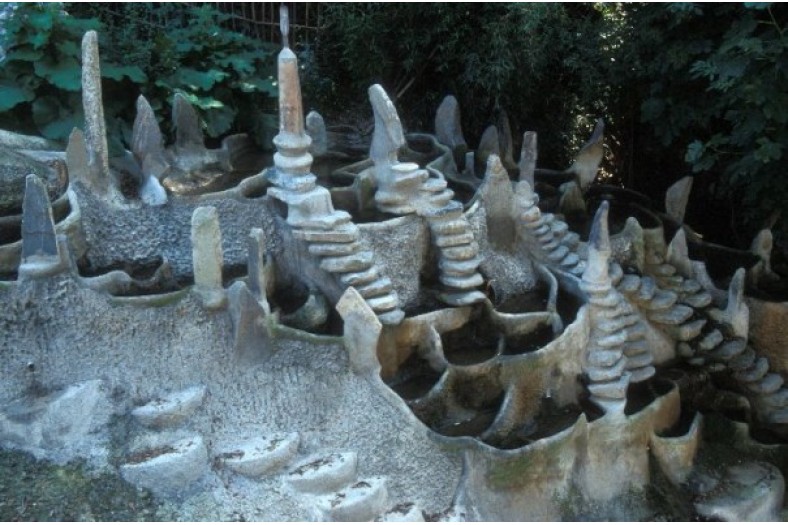
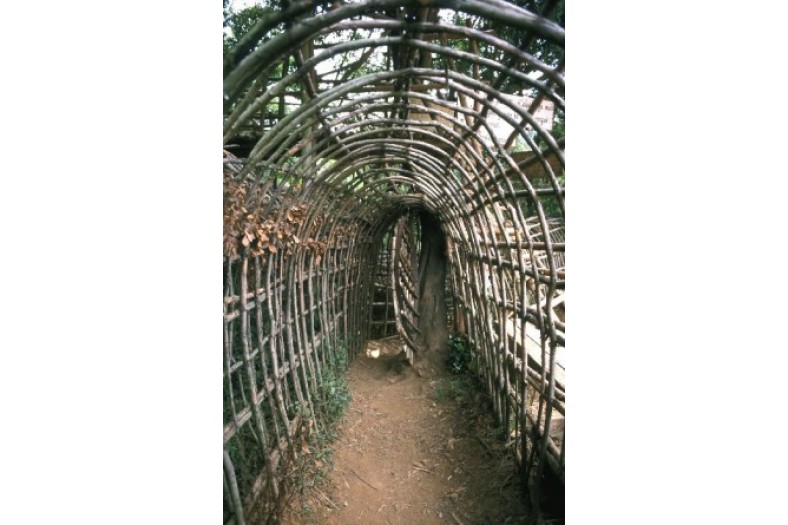
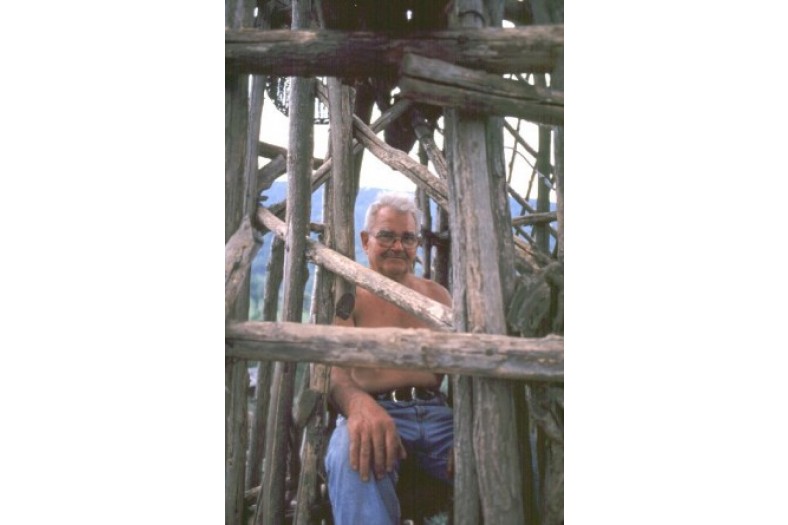
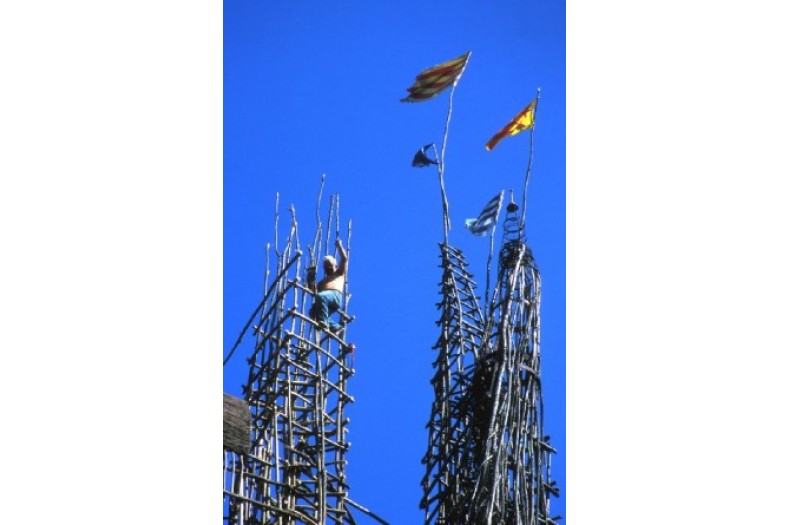
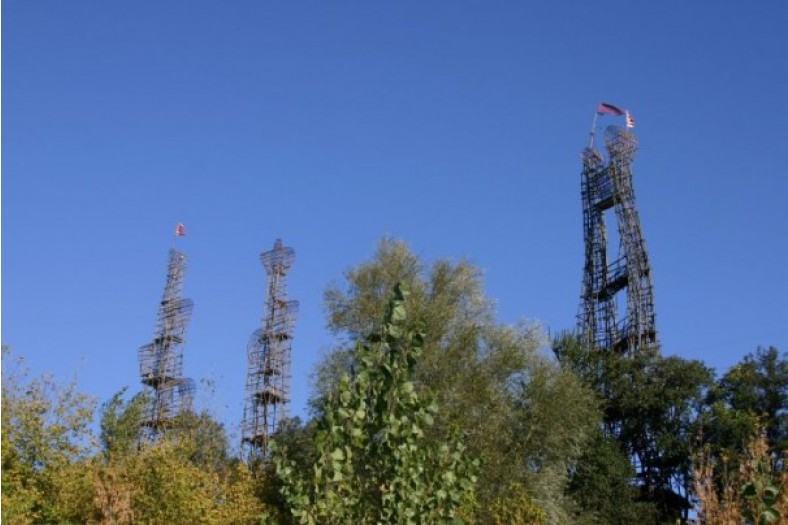
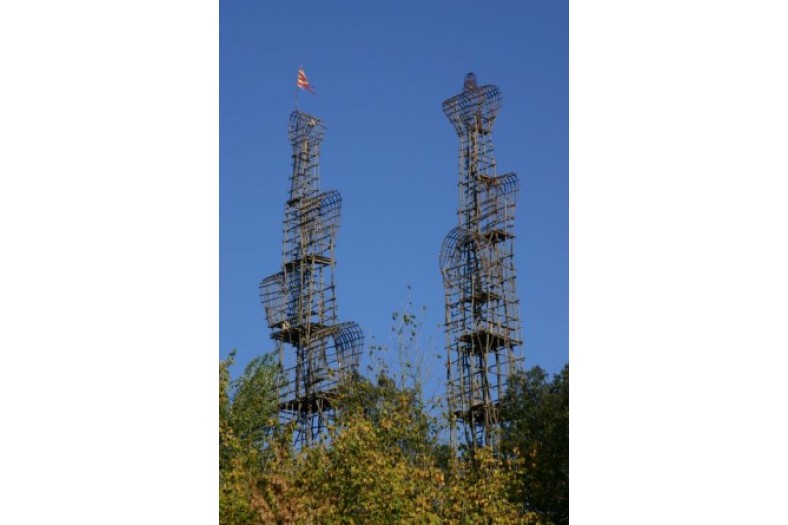
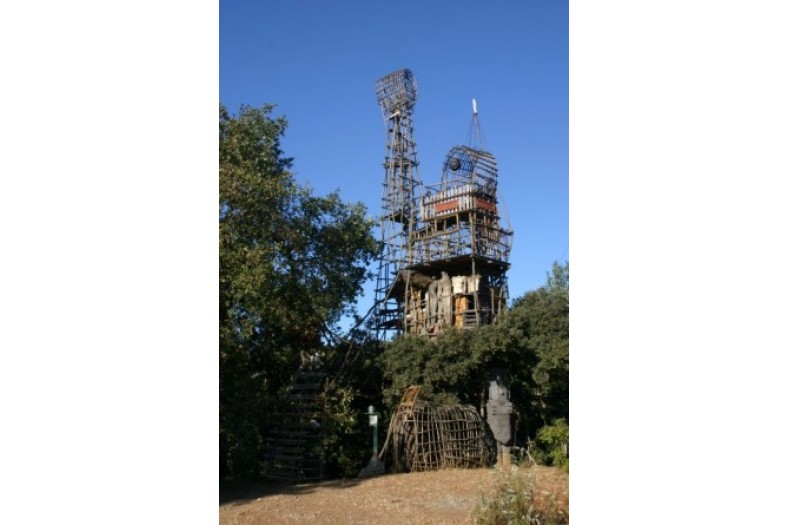
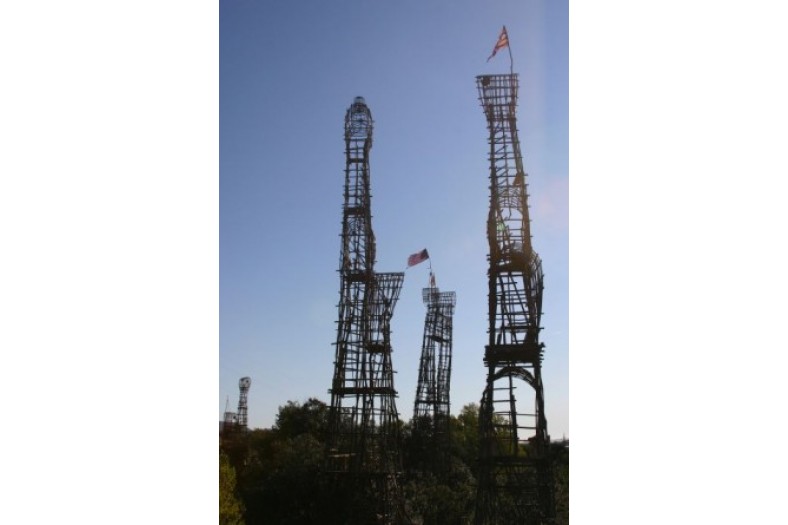


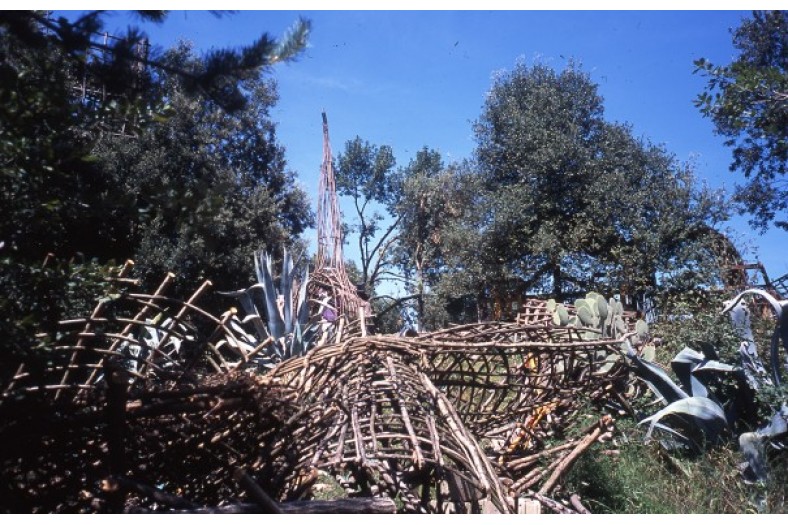
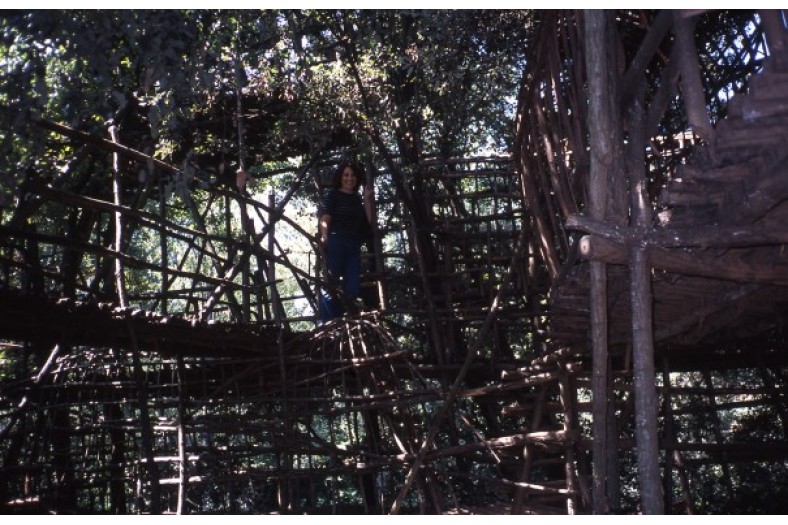
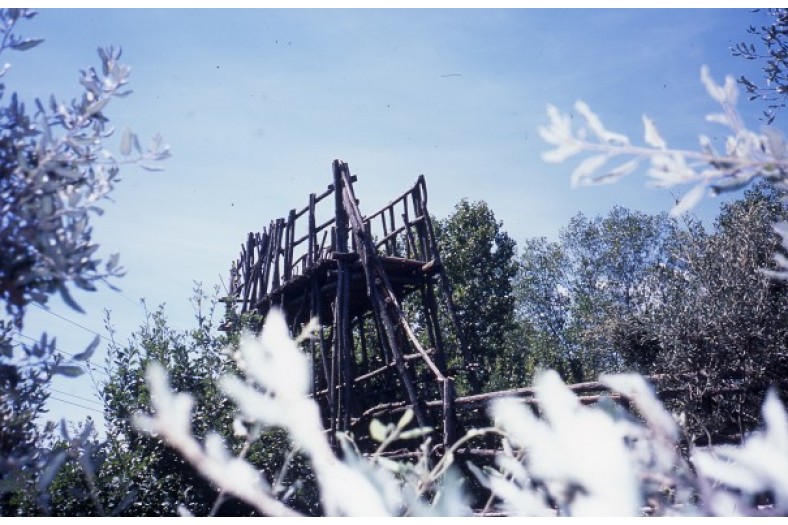
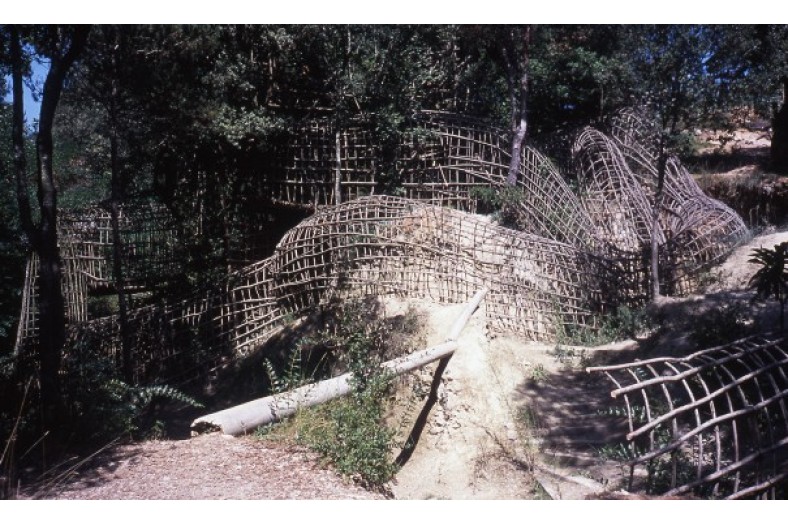
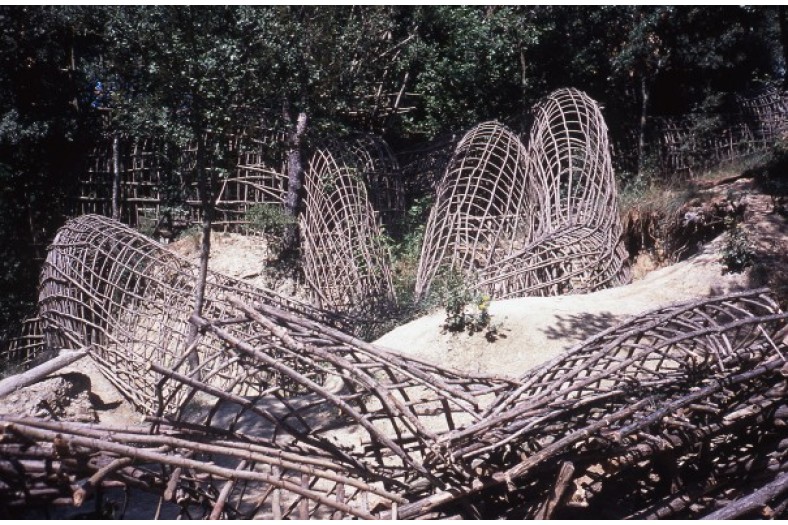
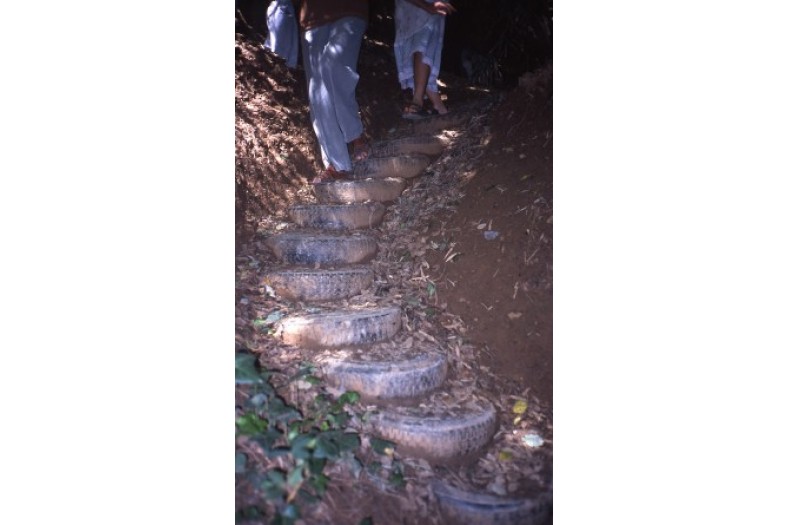
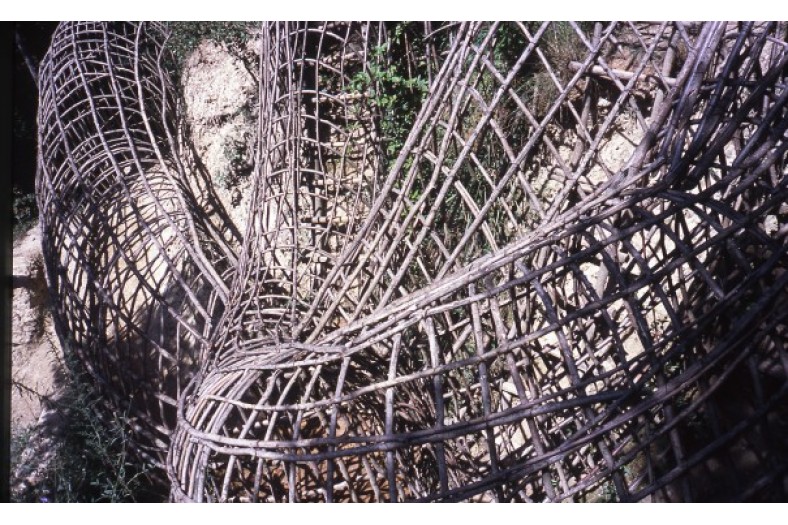
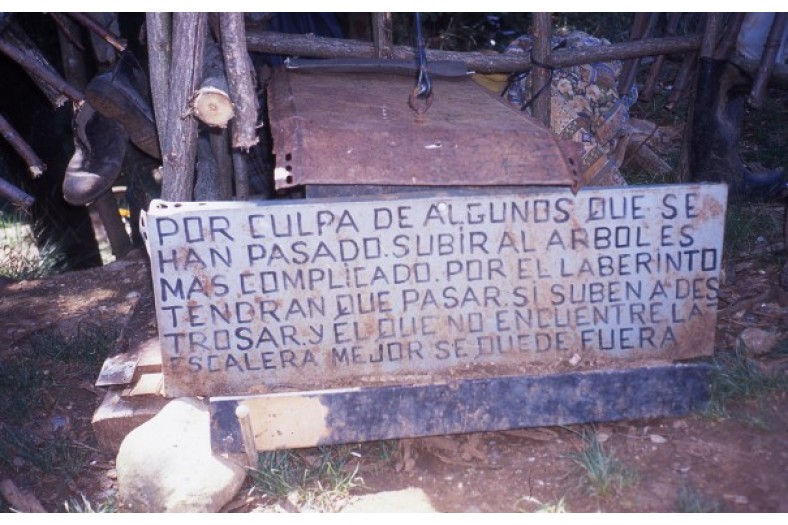
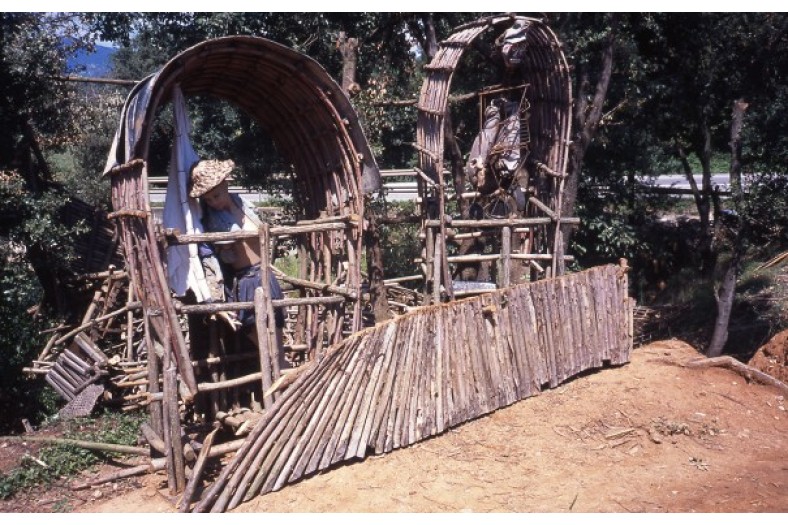
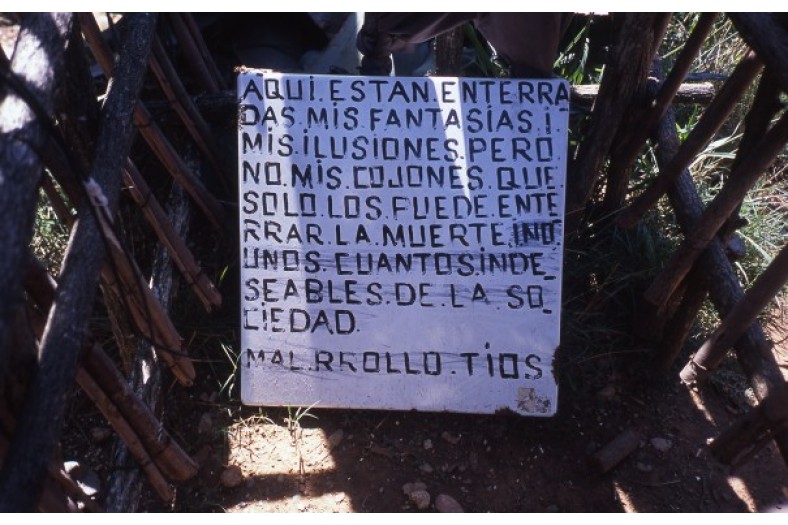

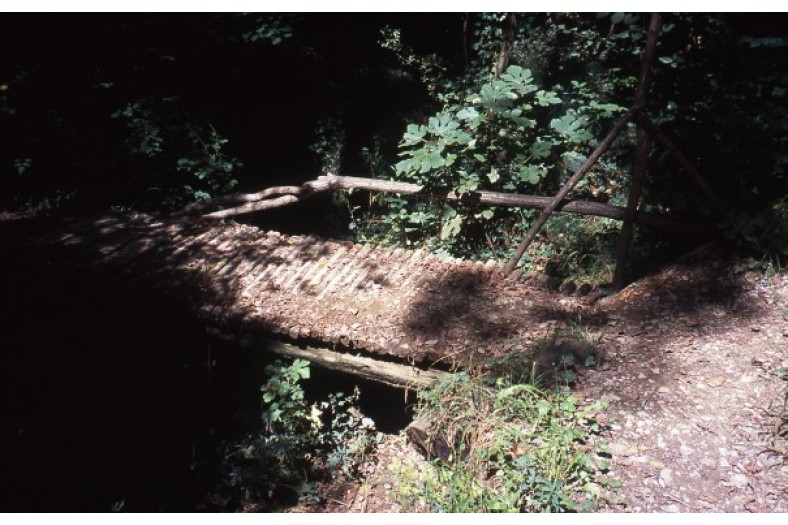
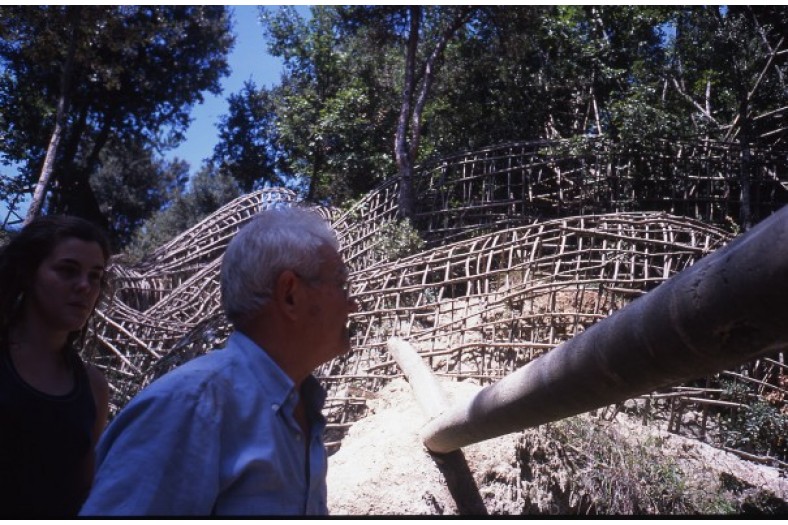
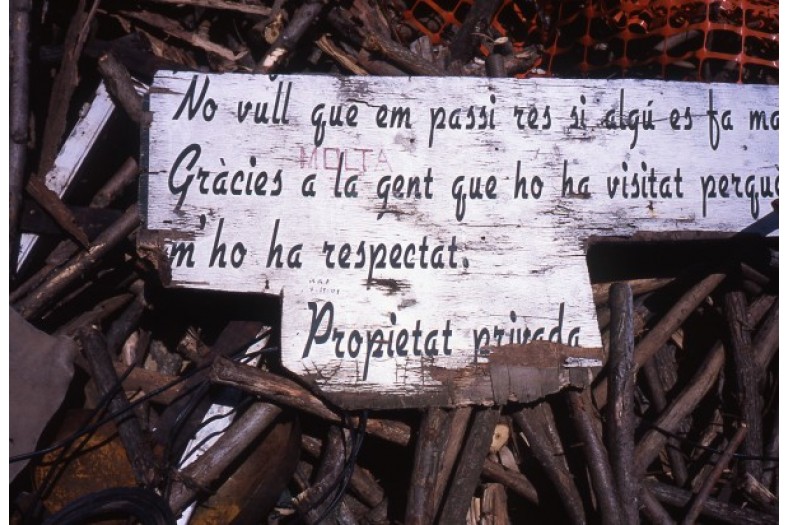
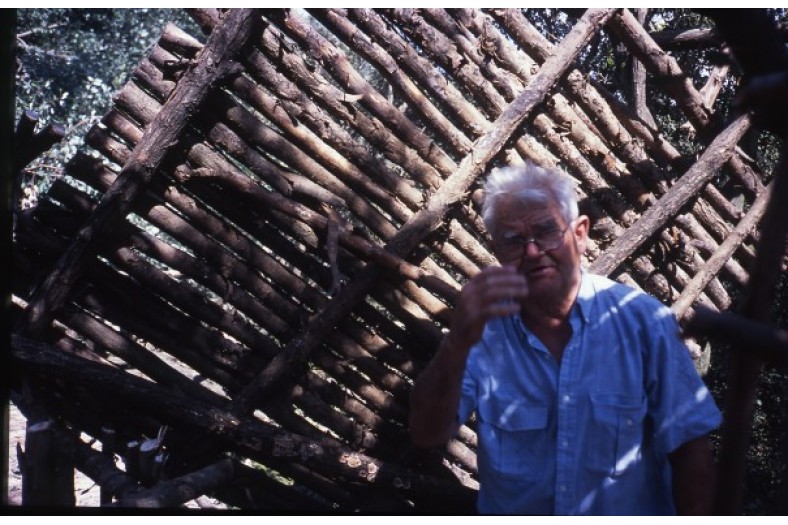
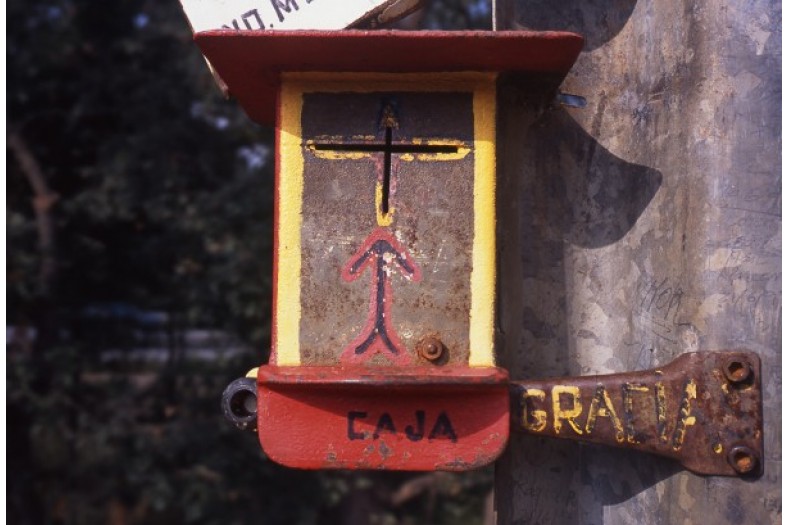
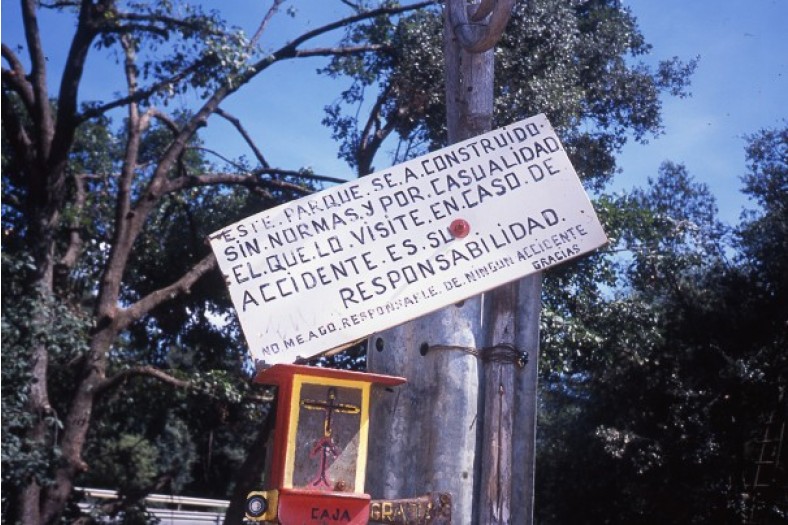
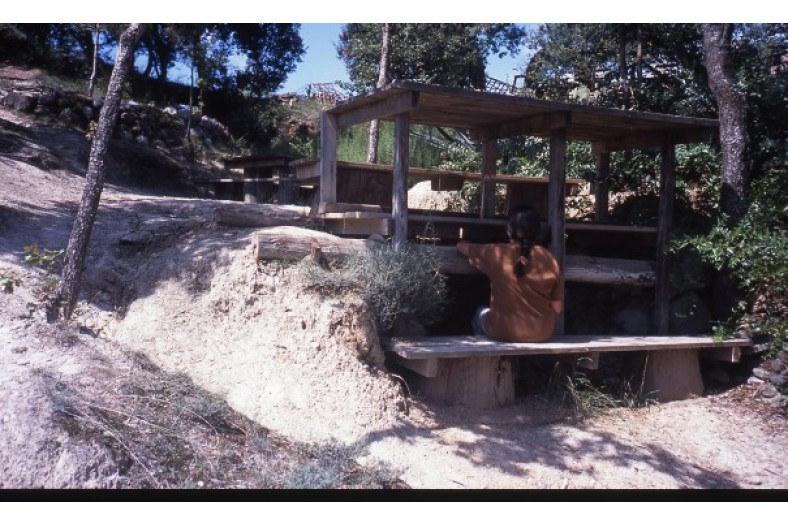
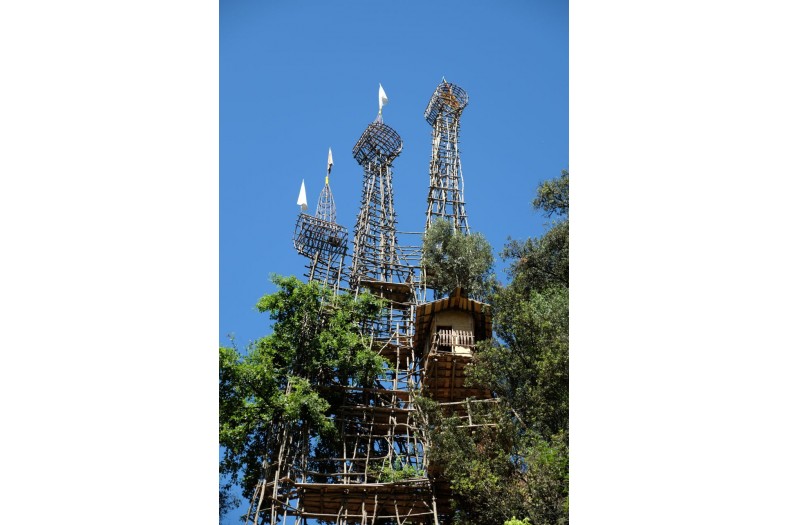
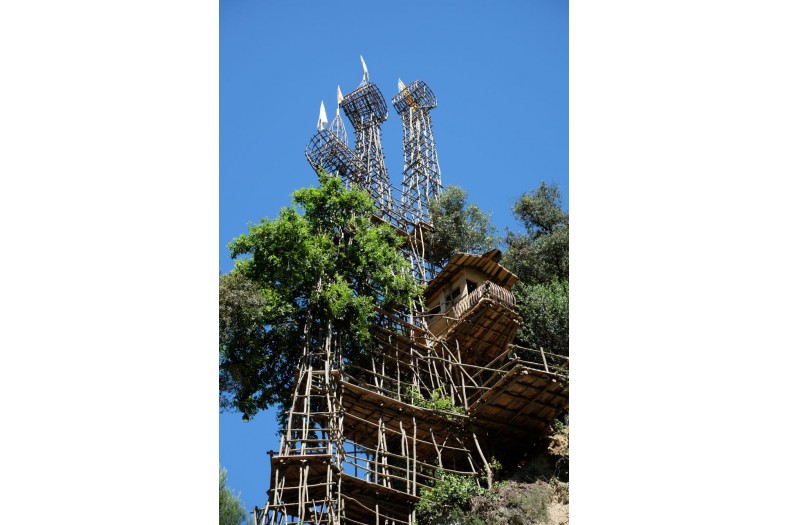
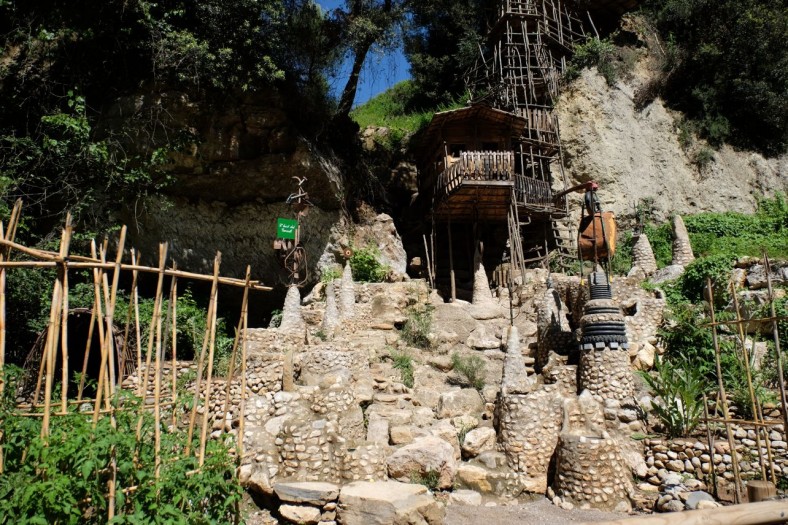
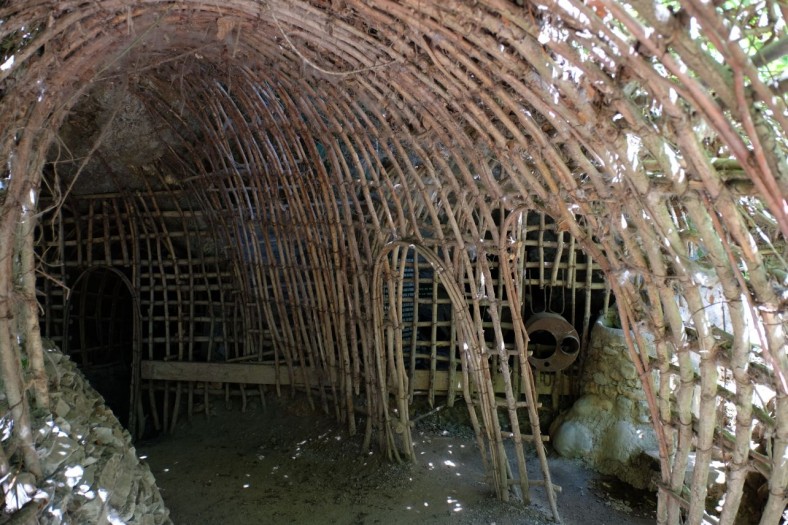
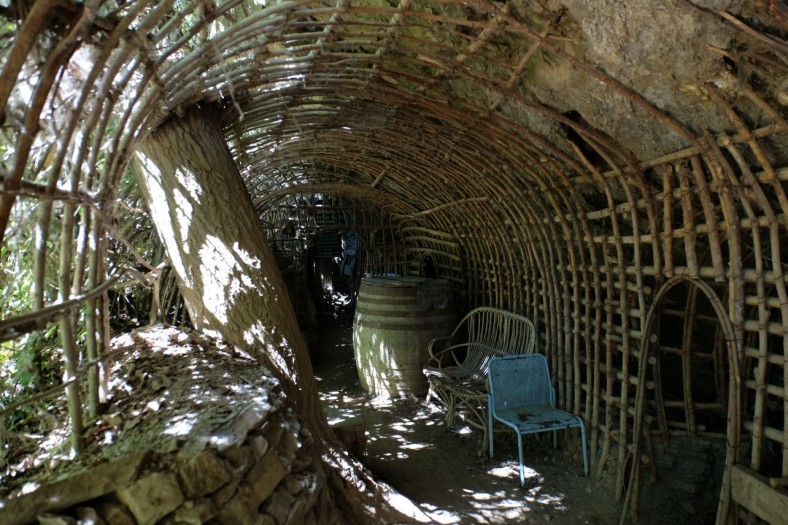

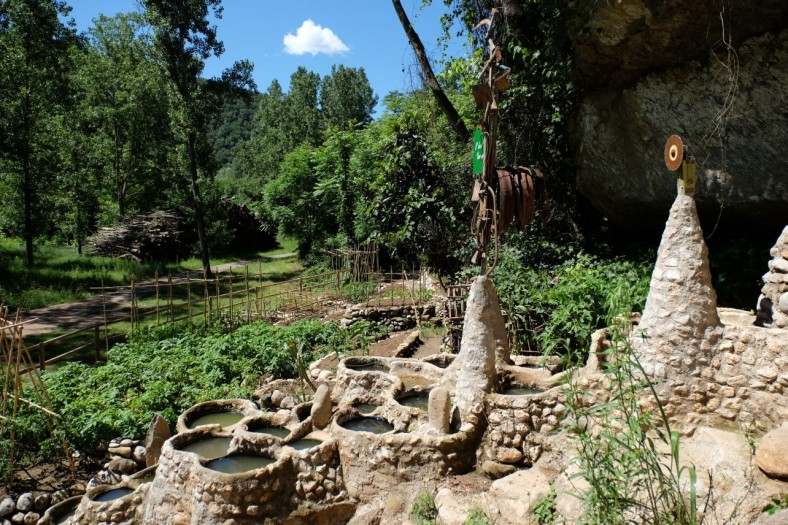
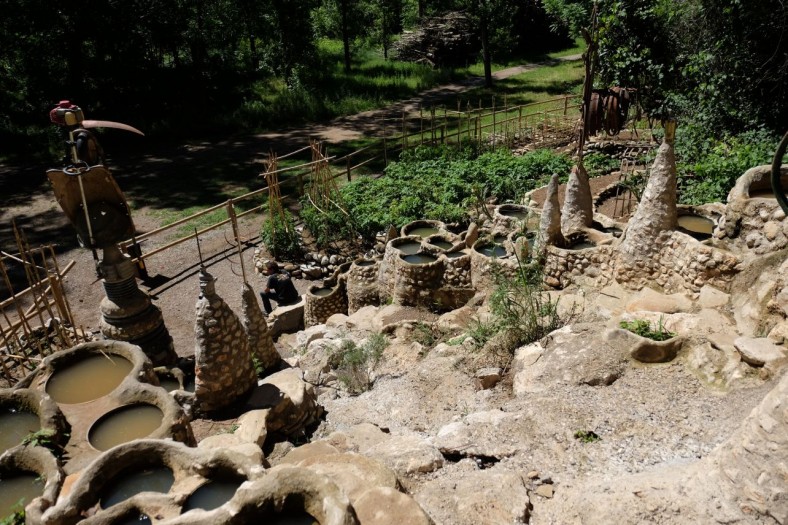
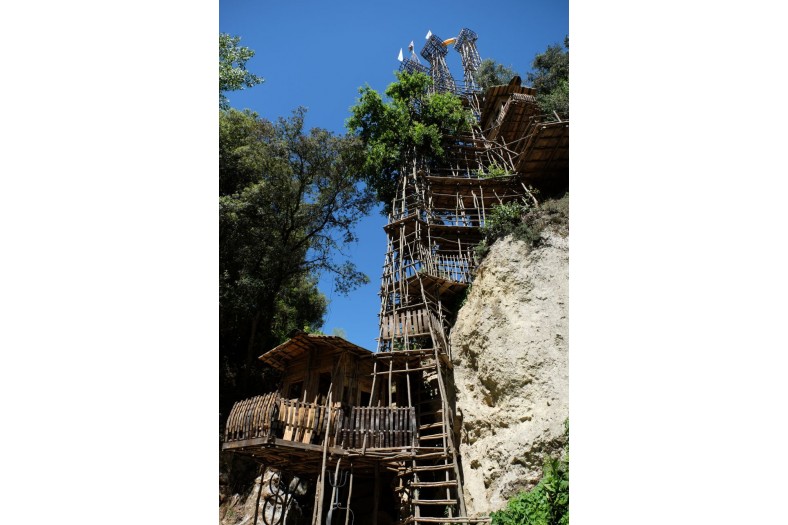
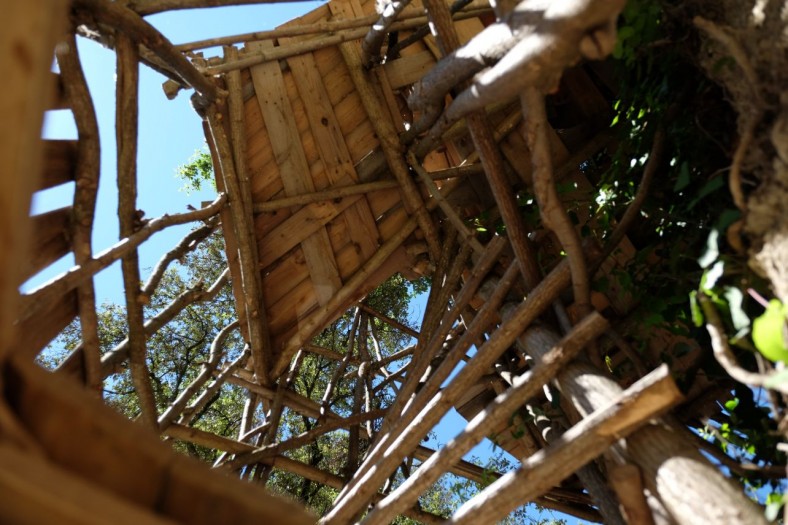
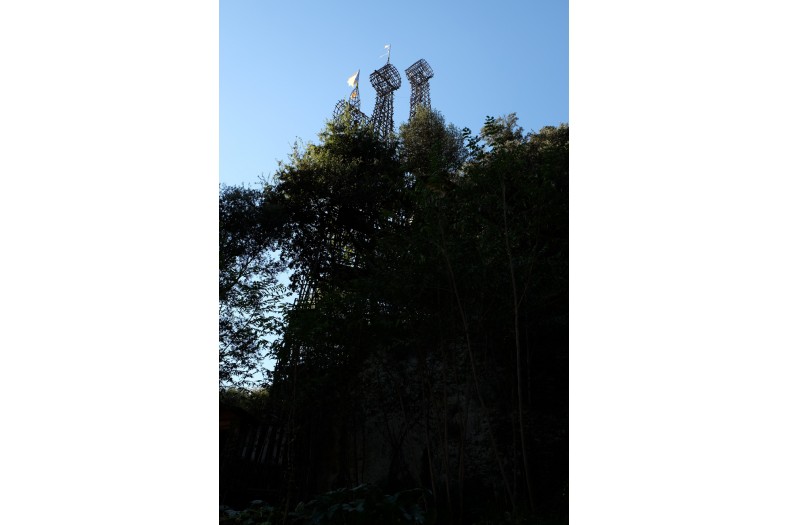
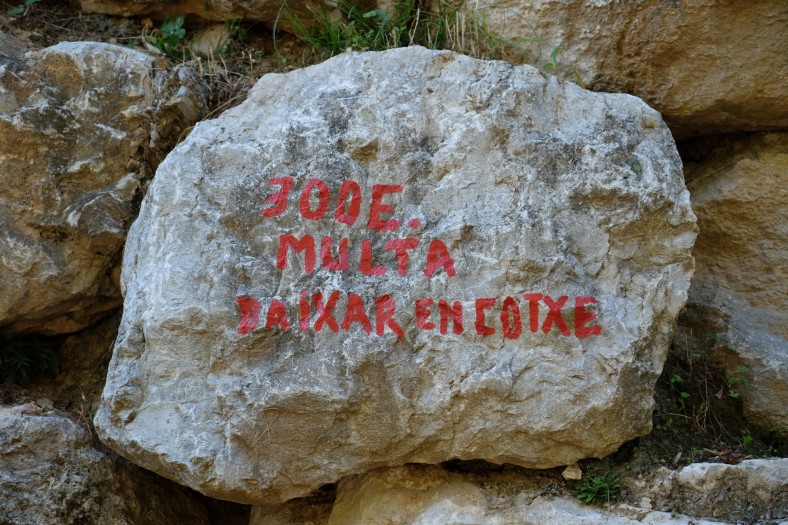
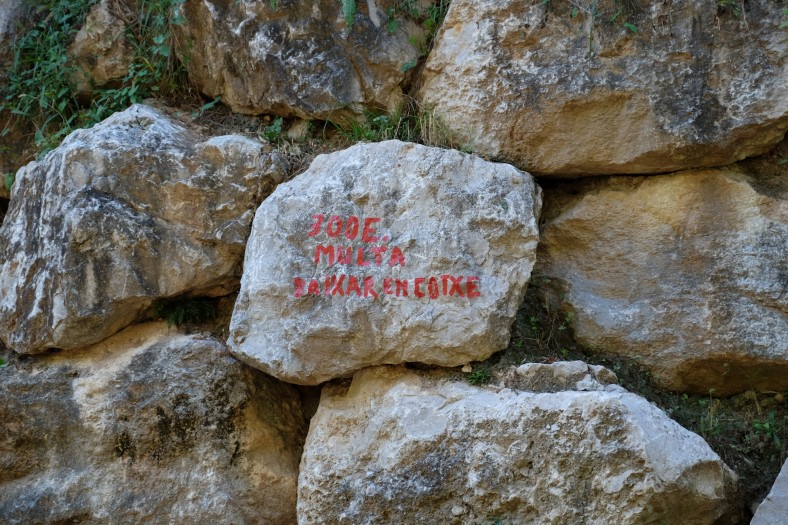
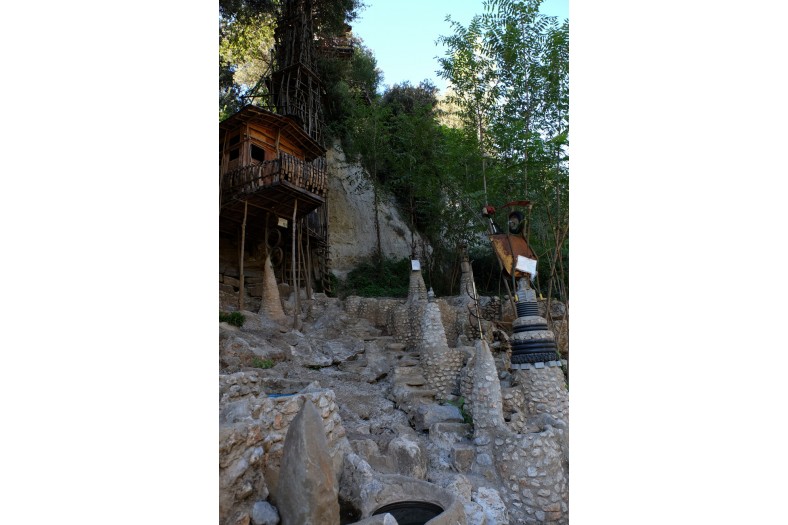
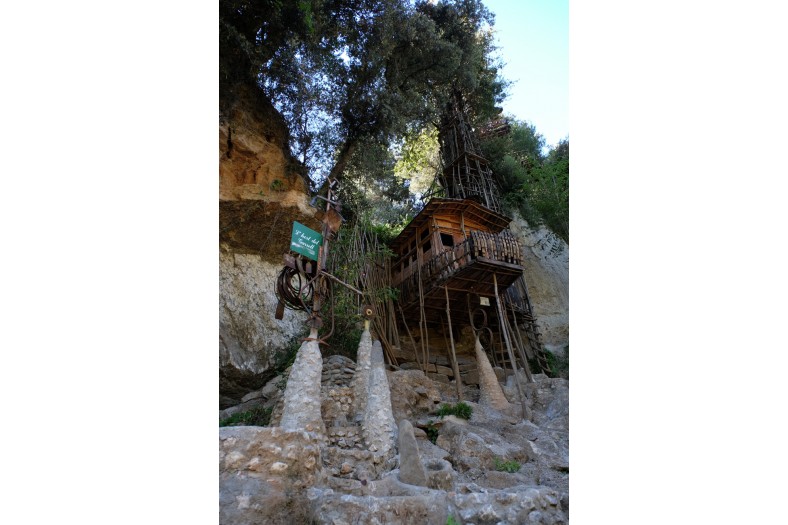
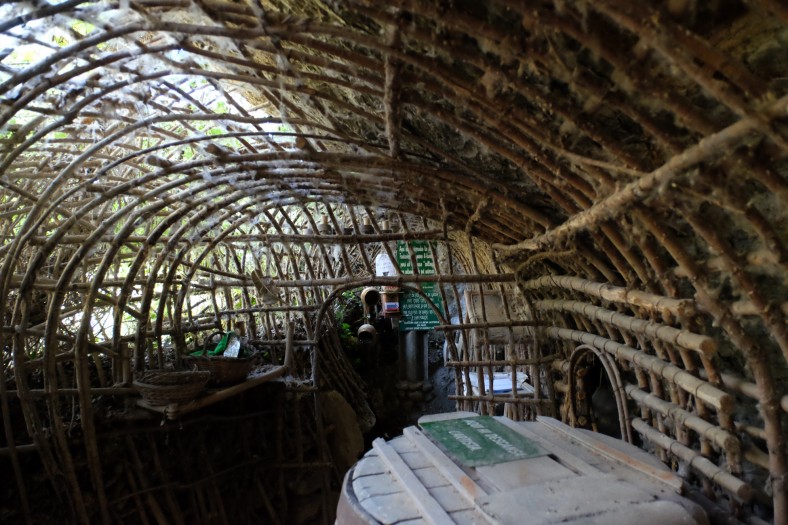
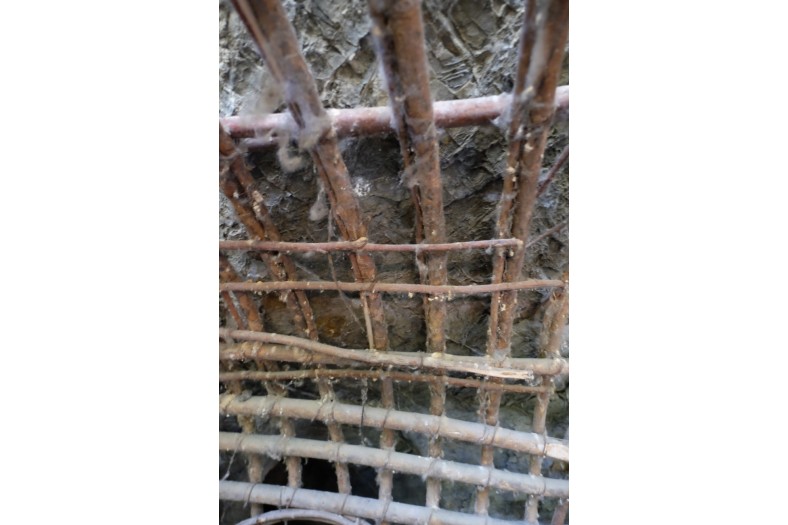
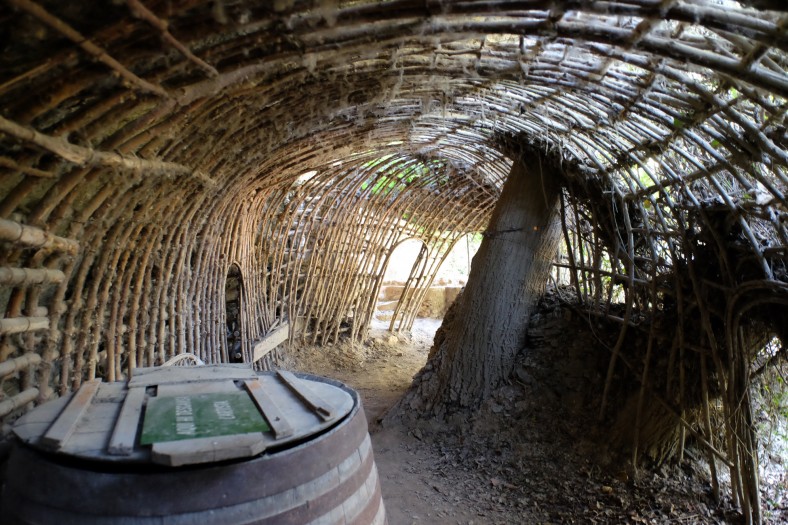
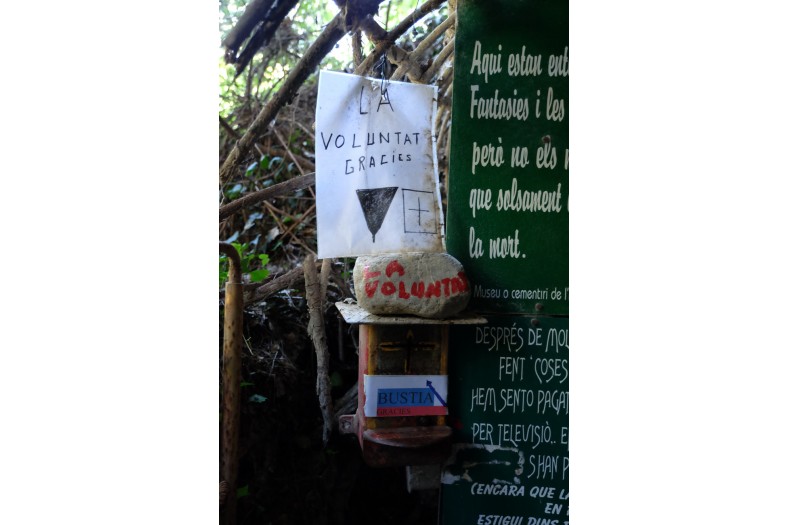

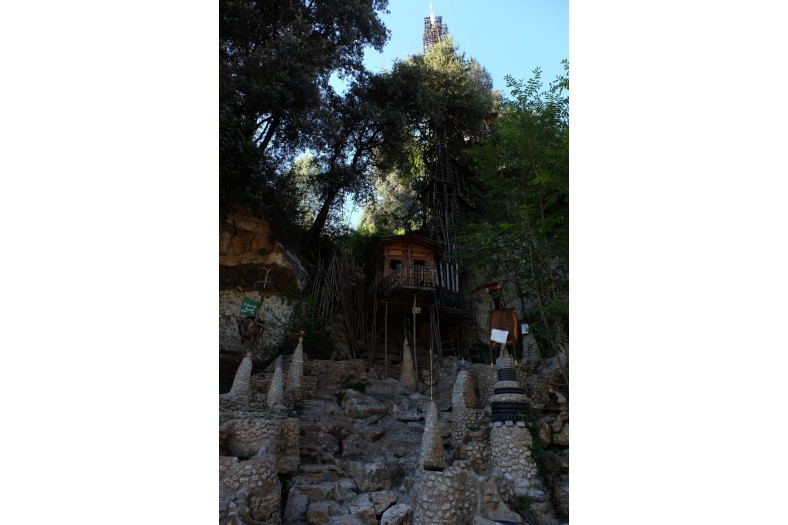
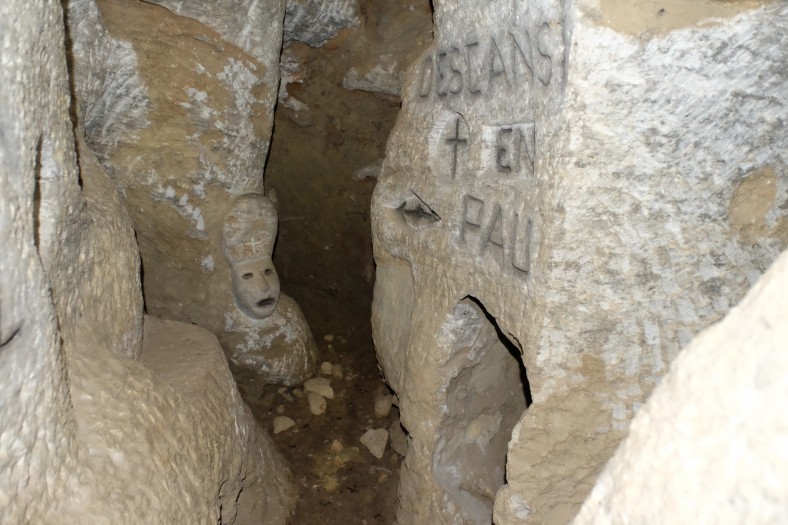
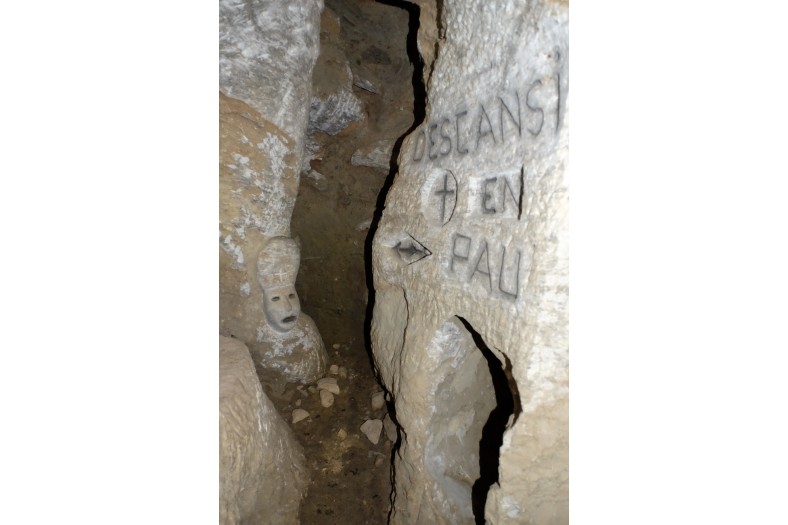
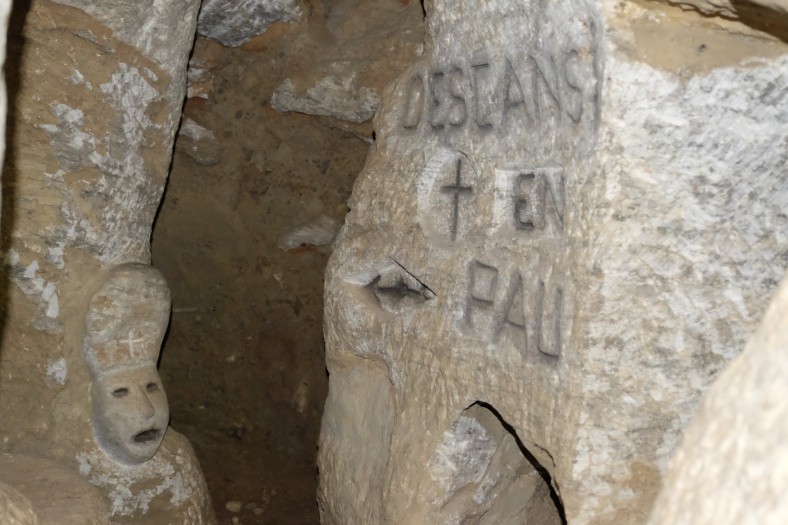
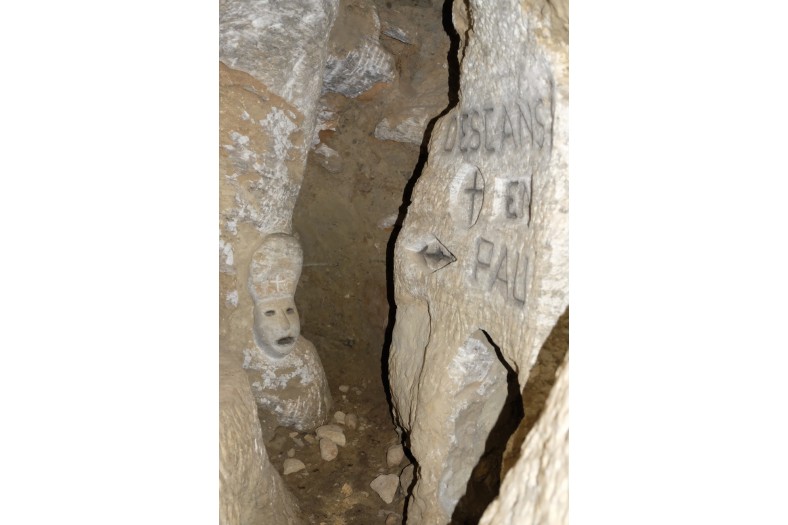
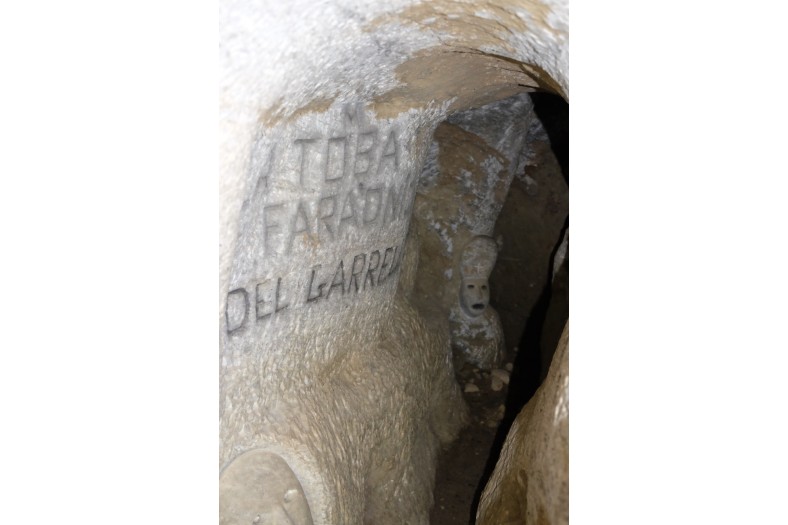
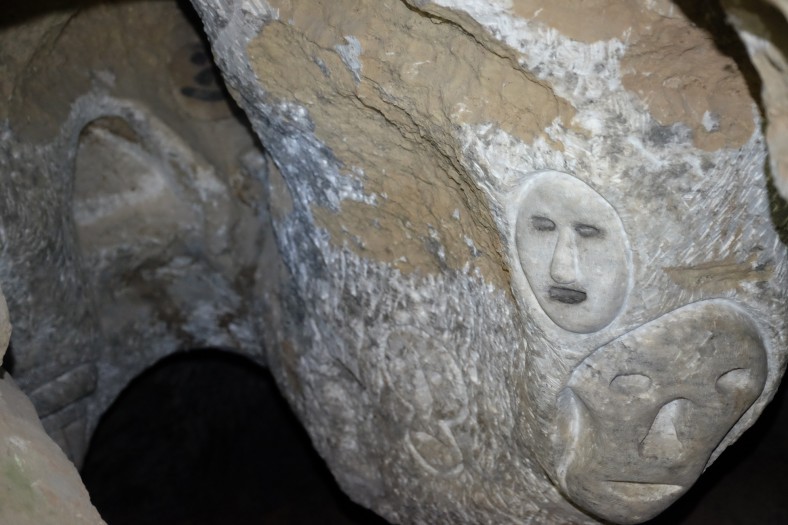
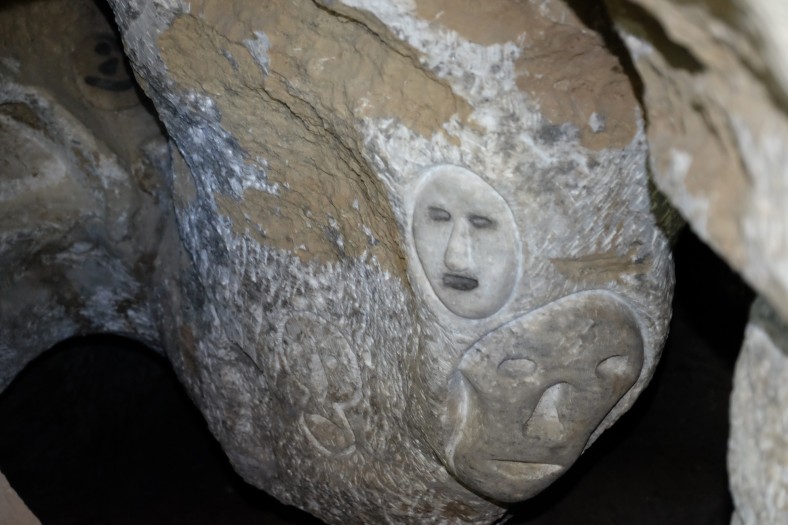

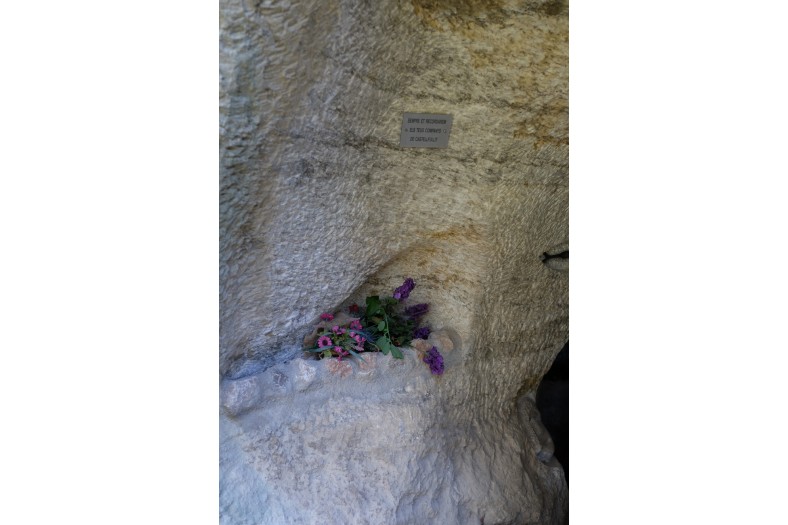
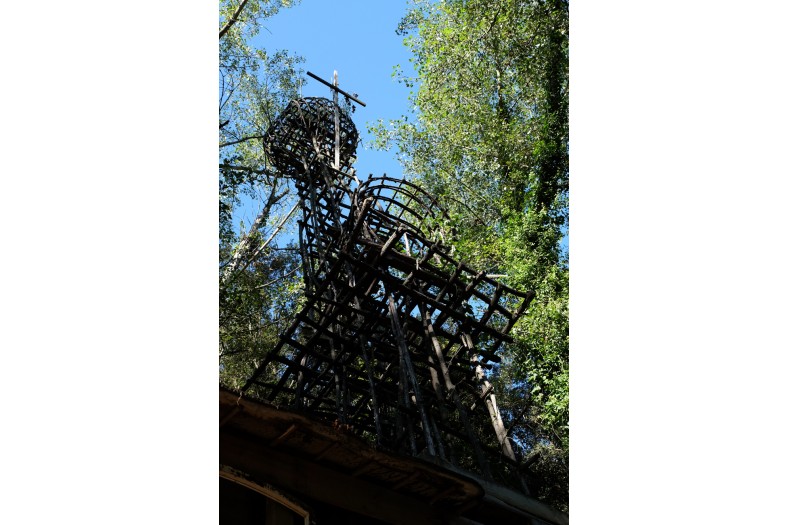
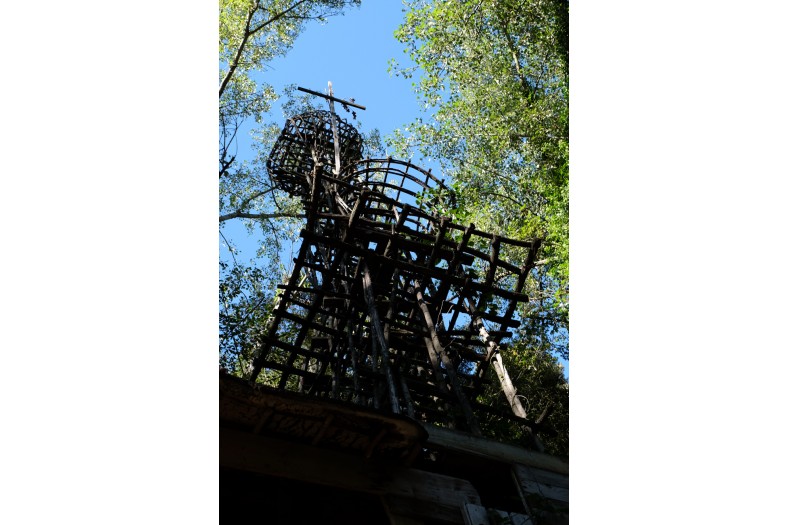

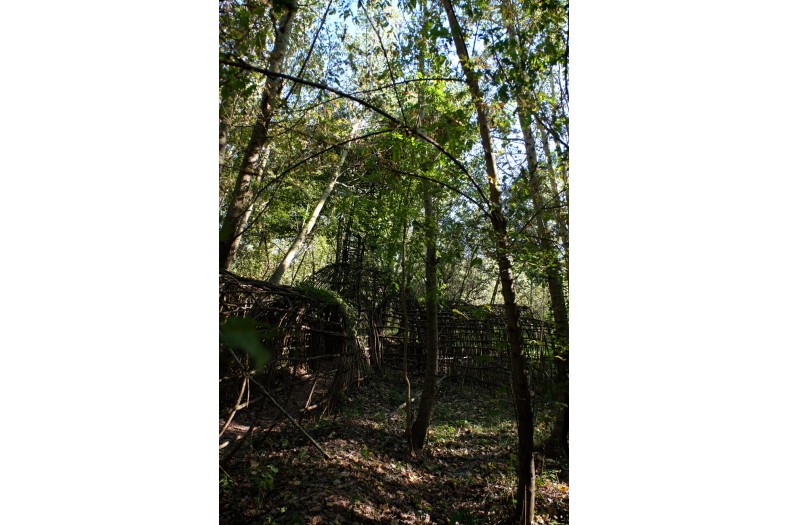
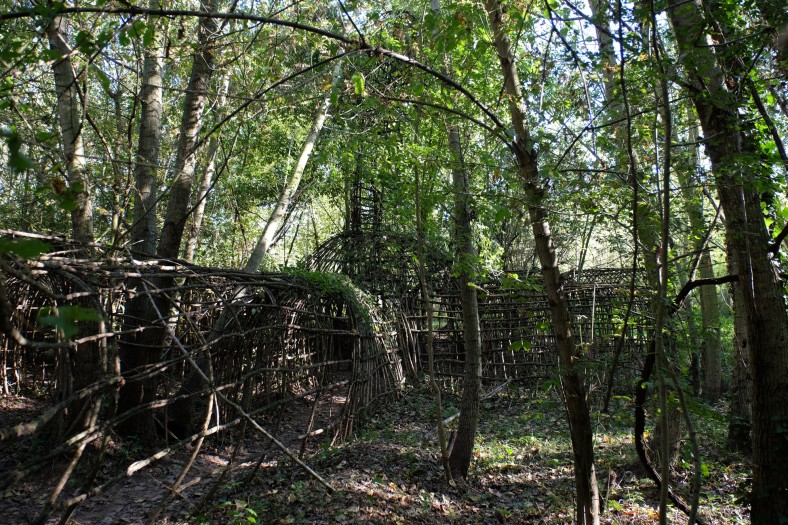
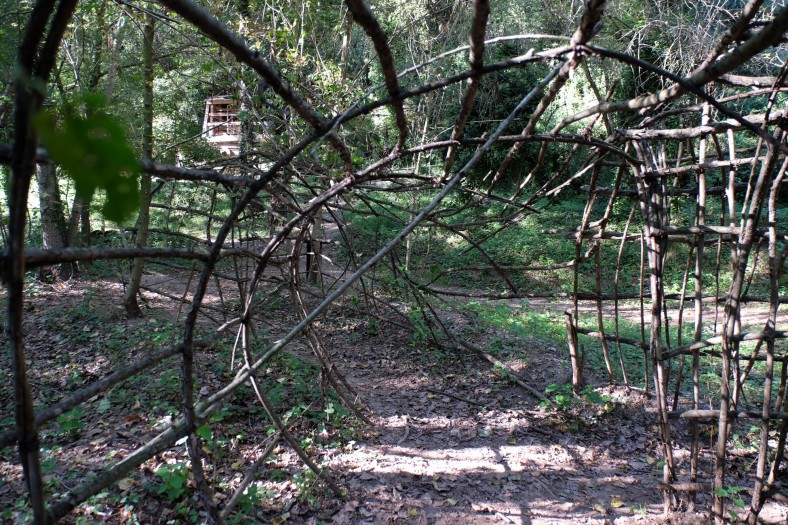
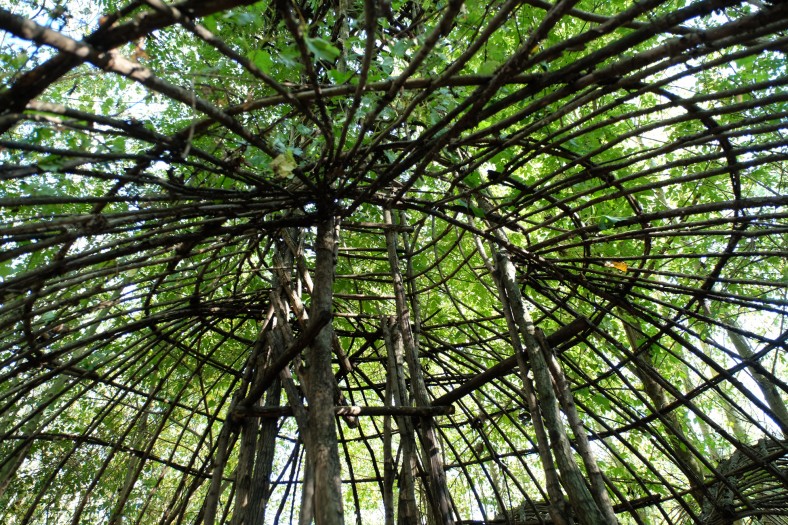
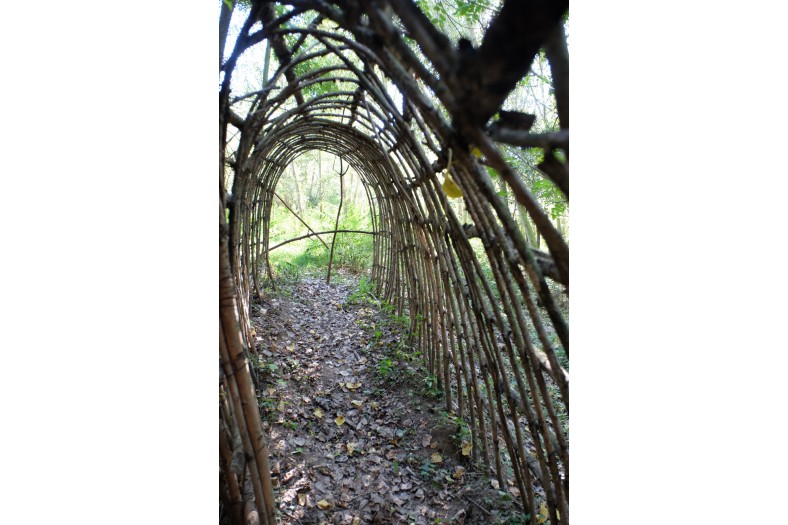
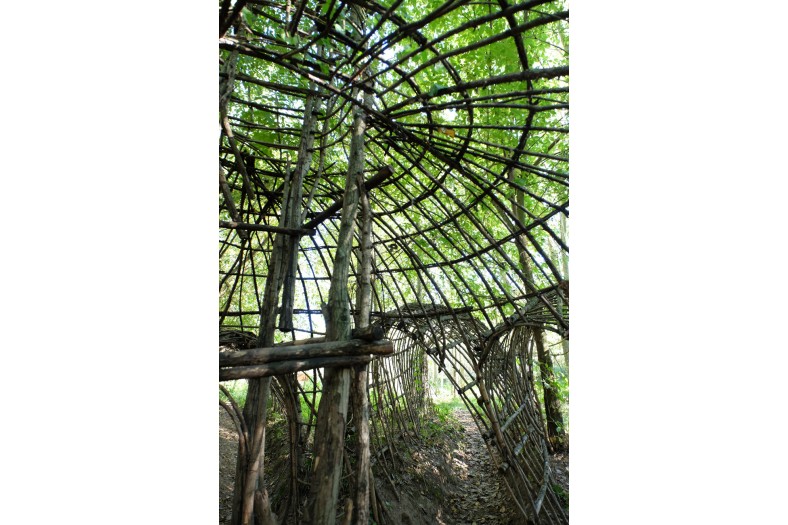
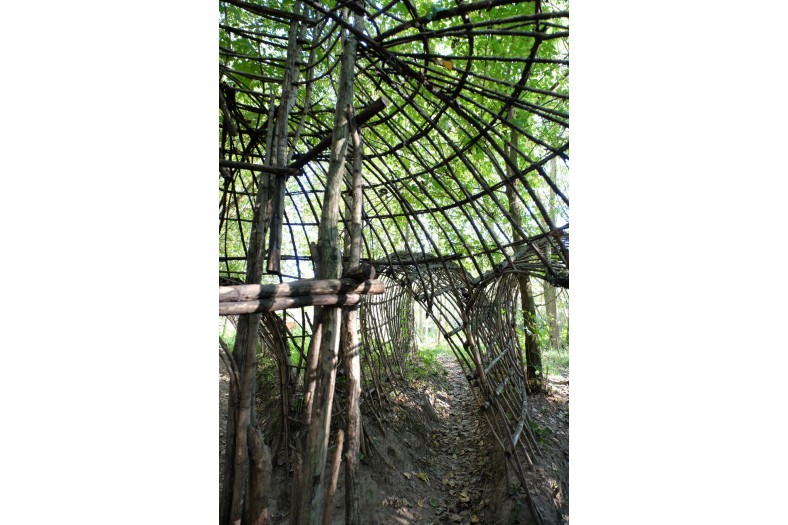
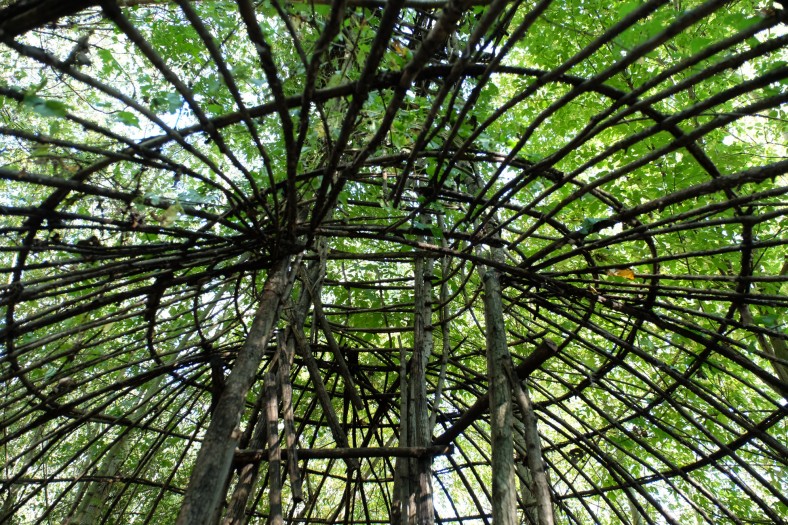
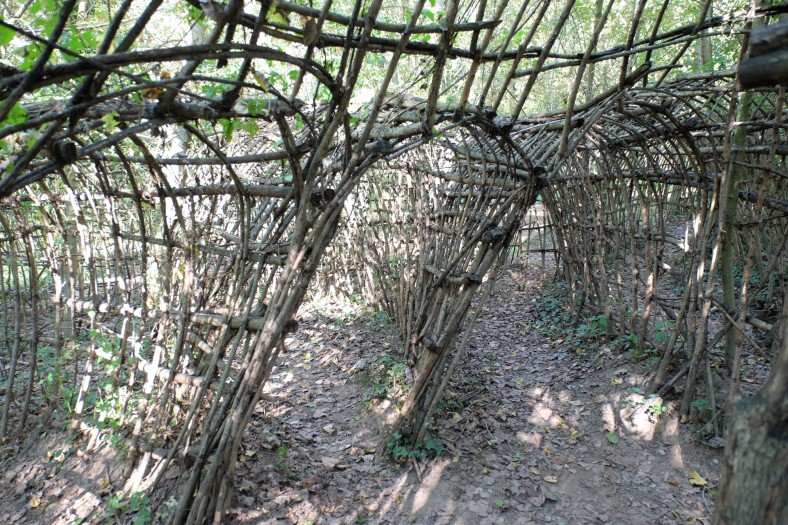
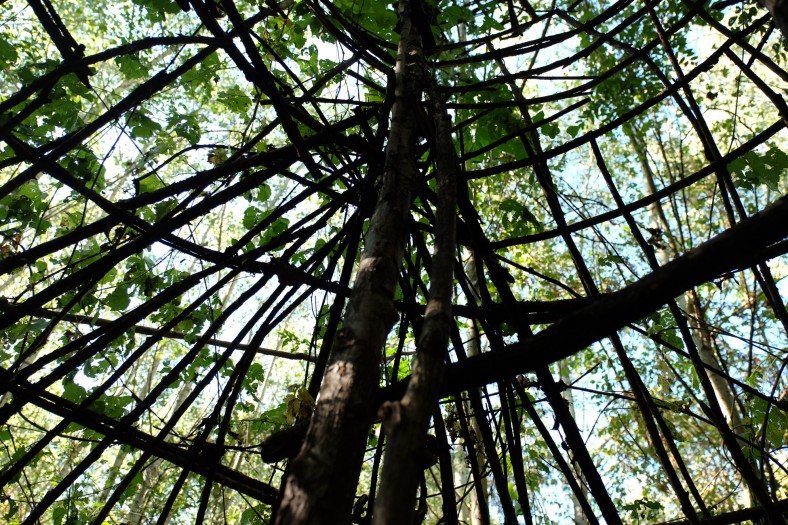
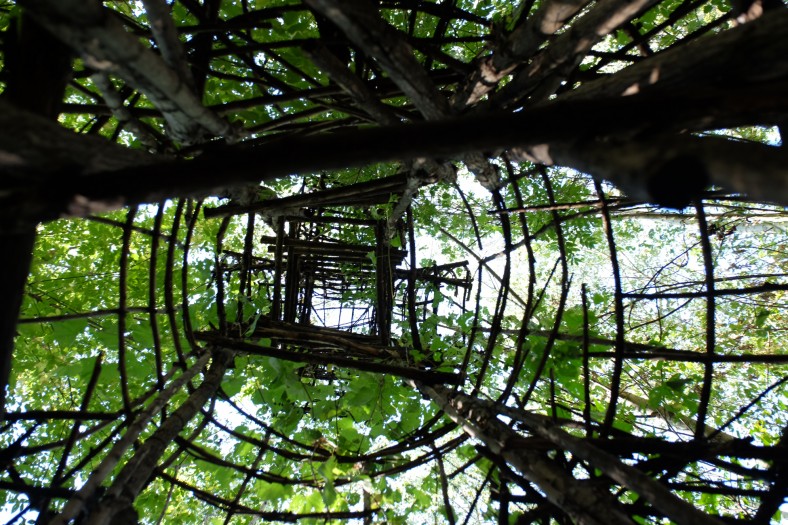
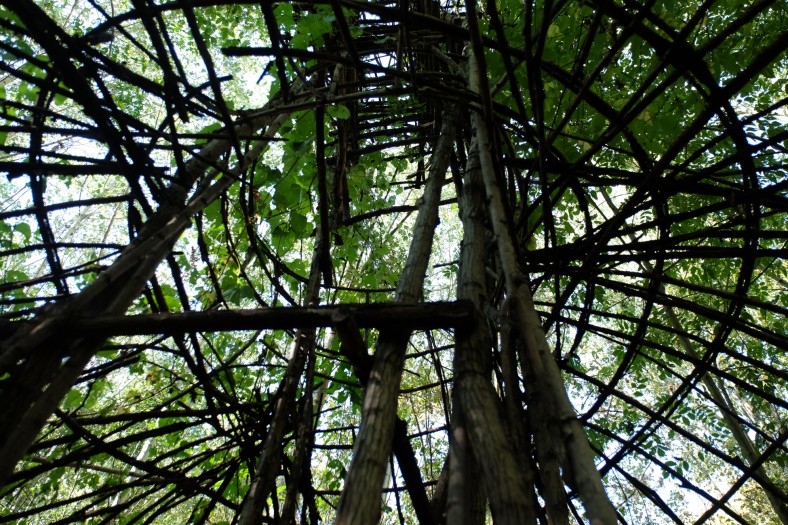
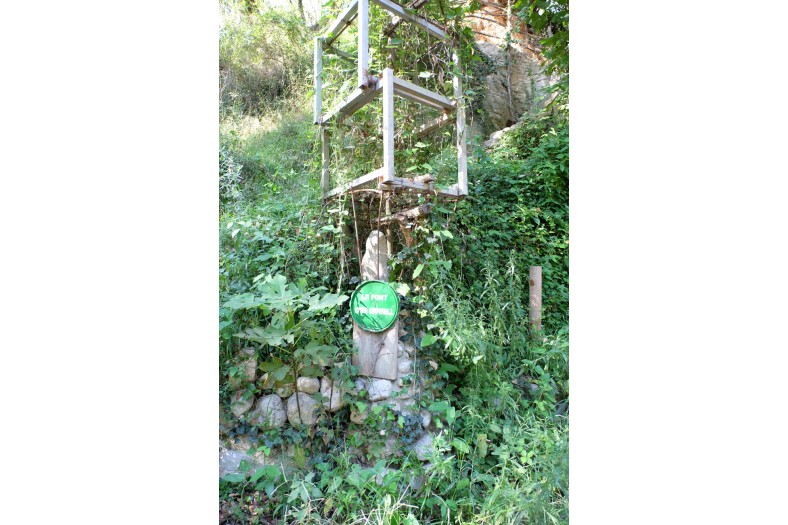


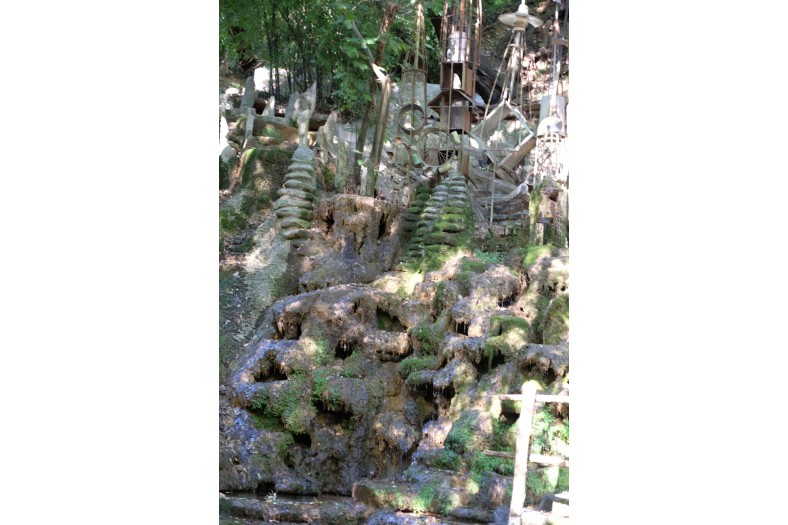
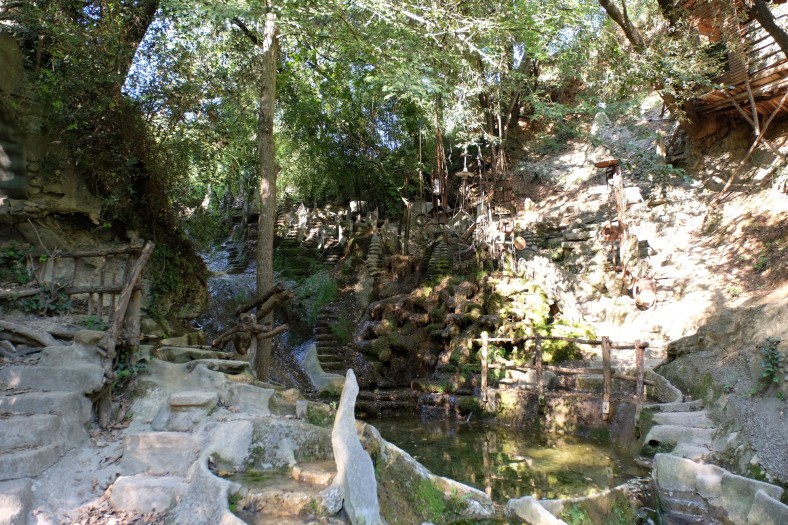

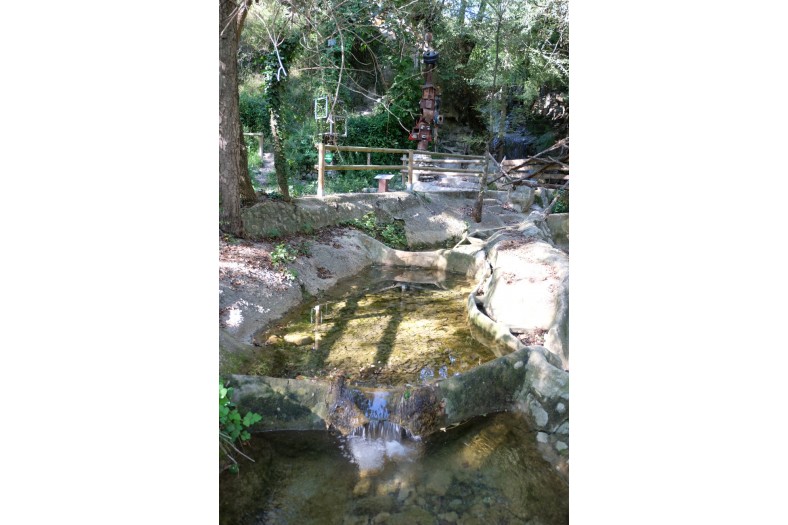
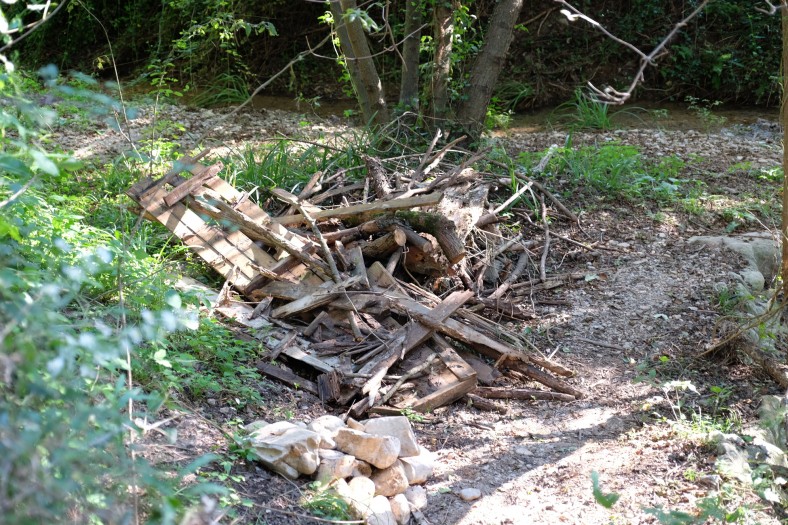
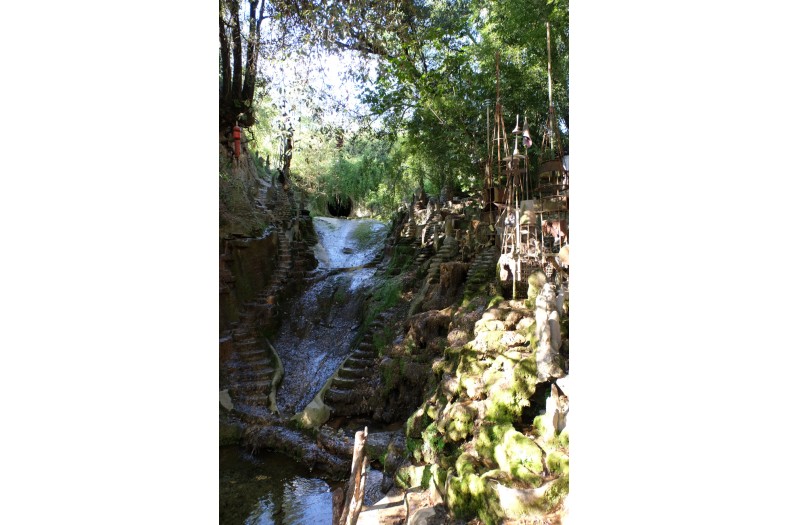
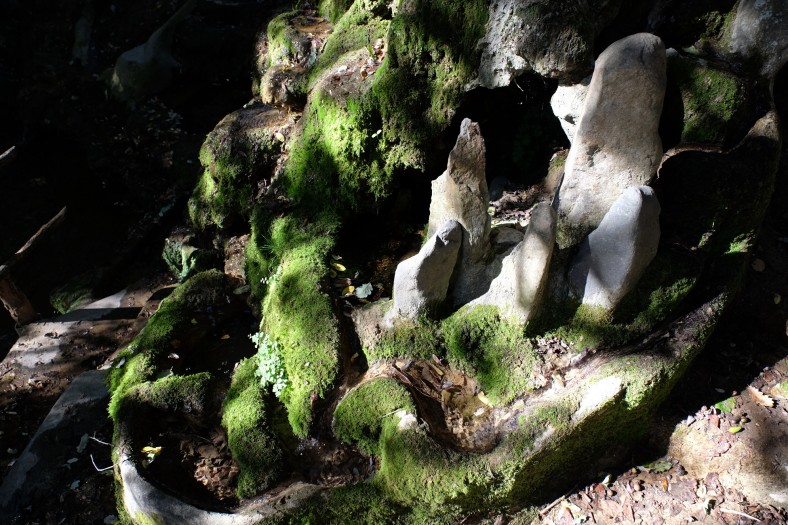
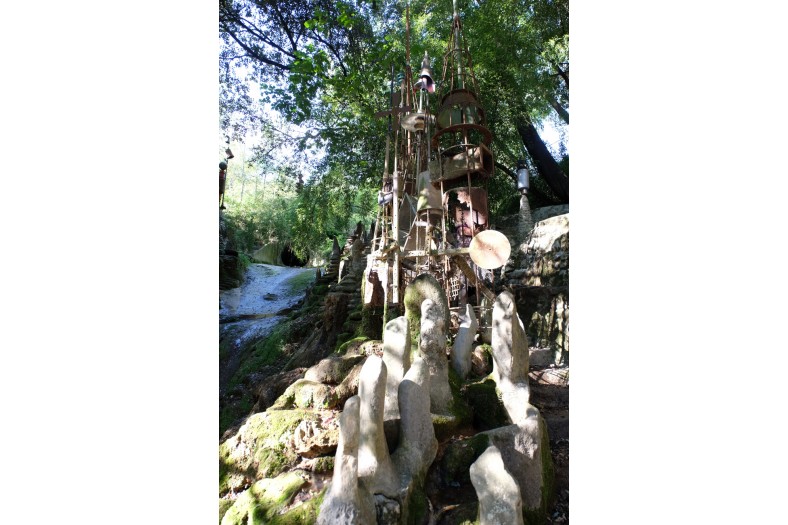
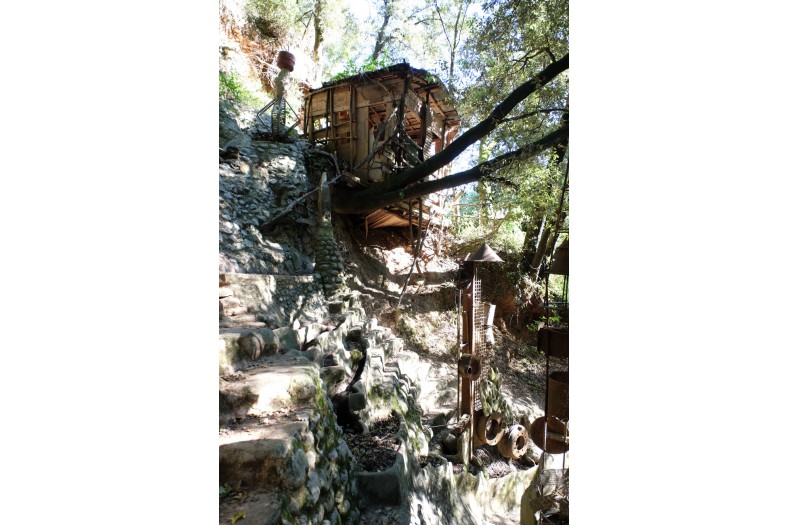
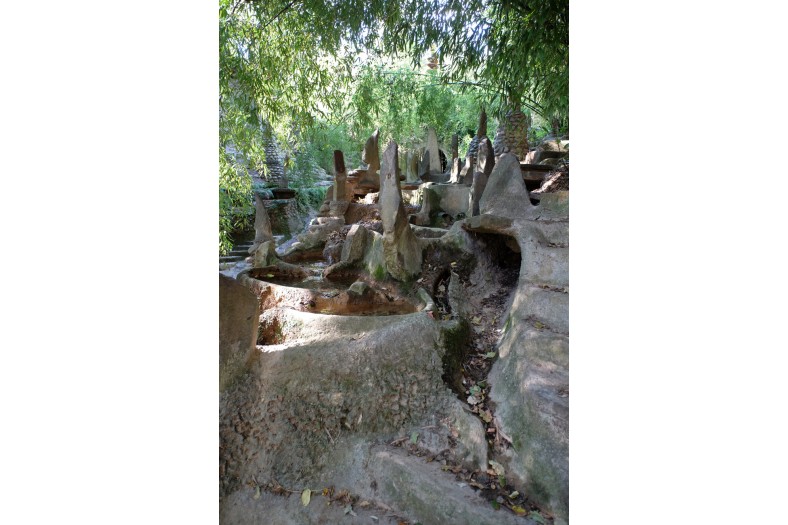
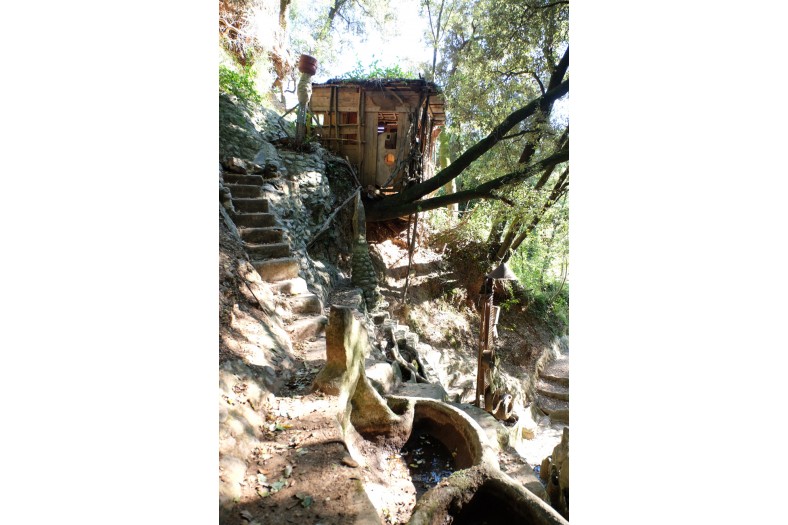
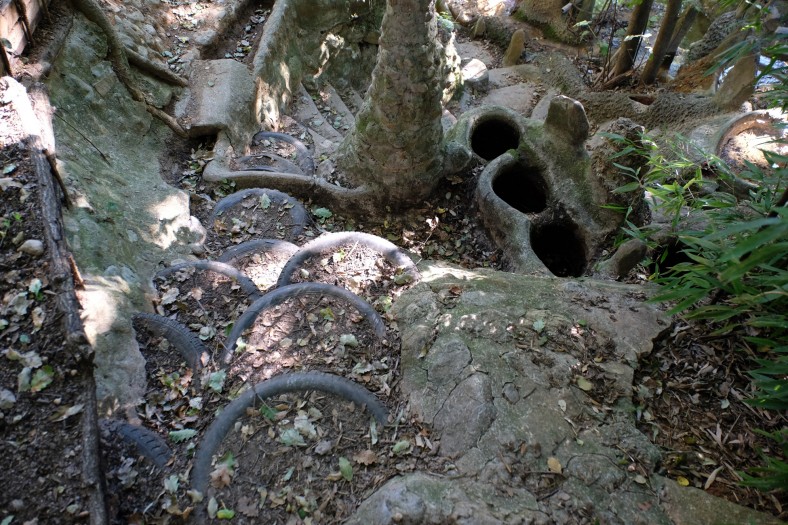
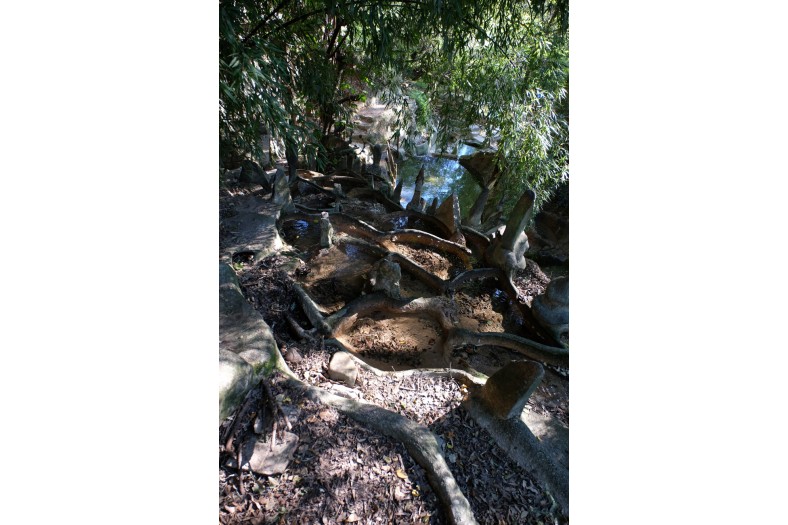
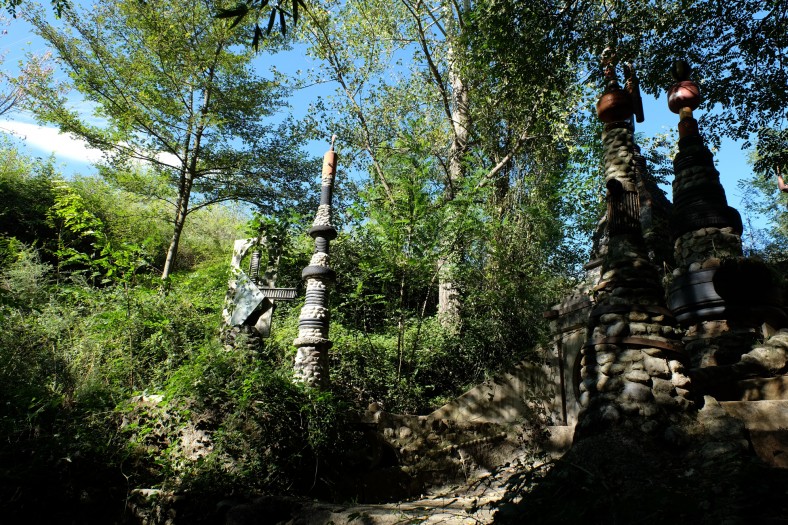
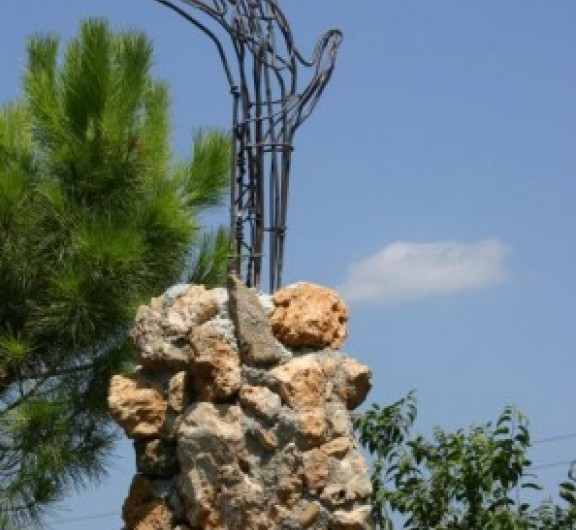
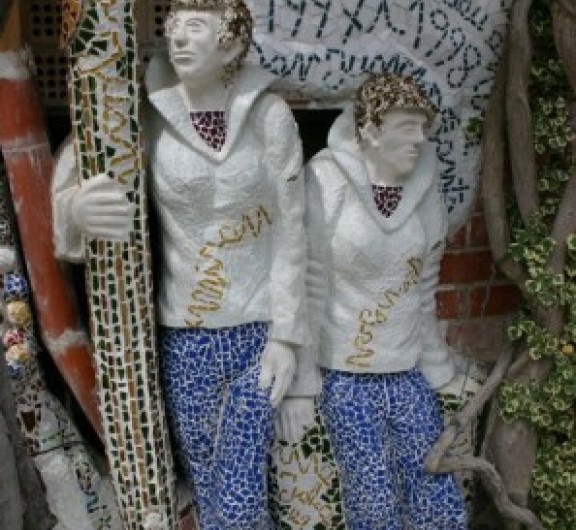
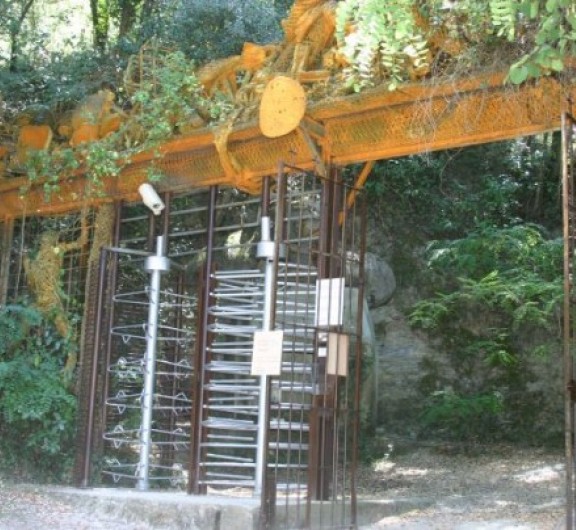
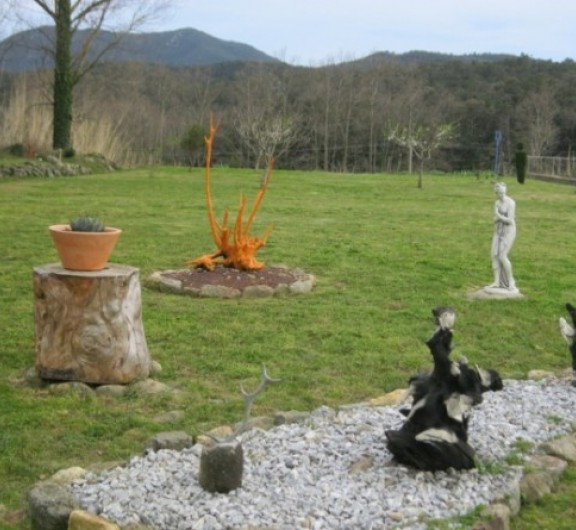
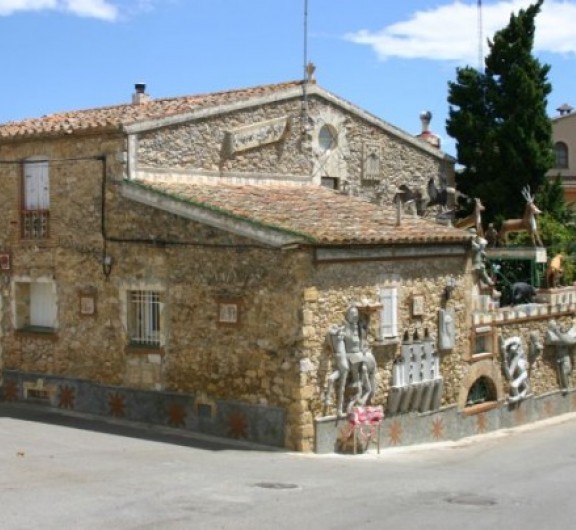
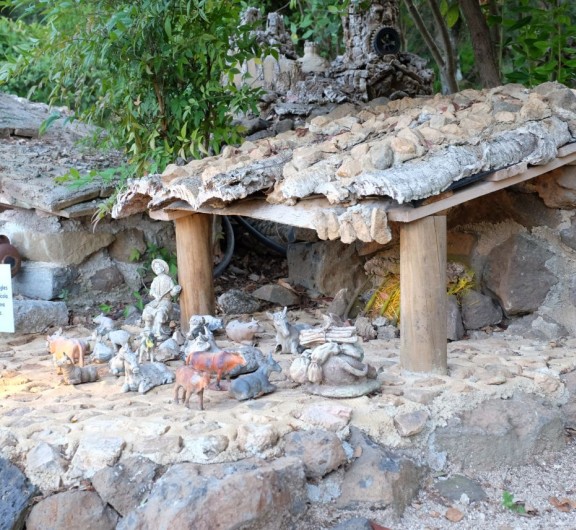

Post your comment
Comments
No one has commented on this page yet.